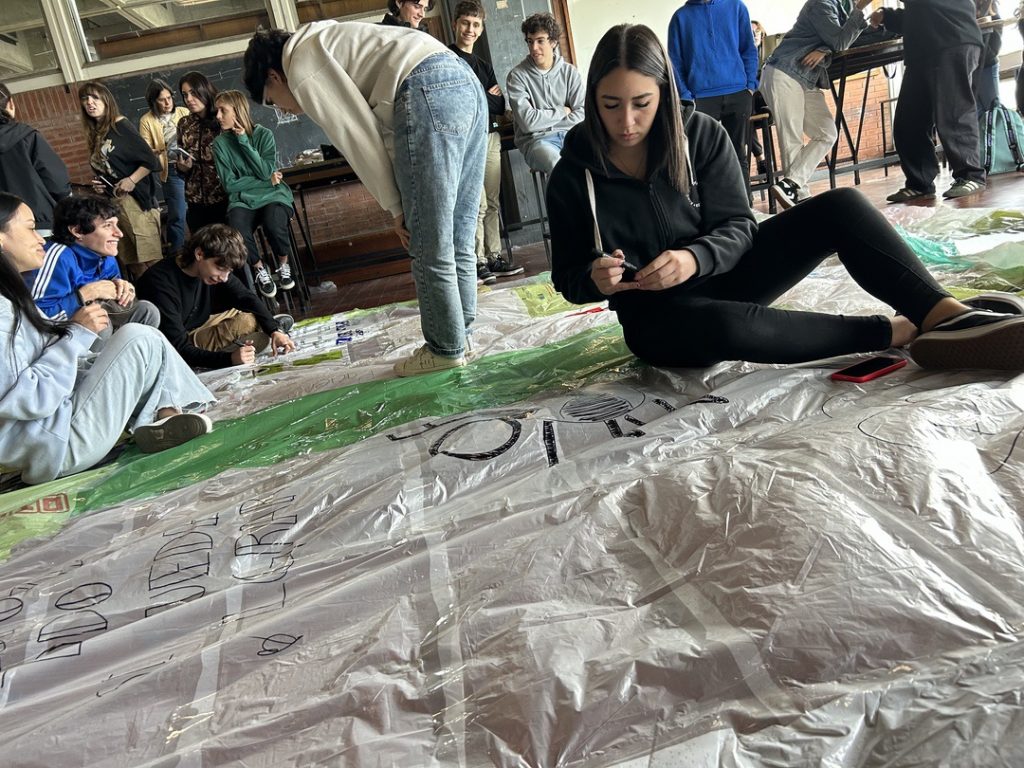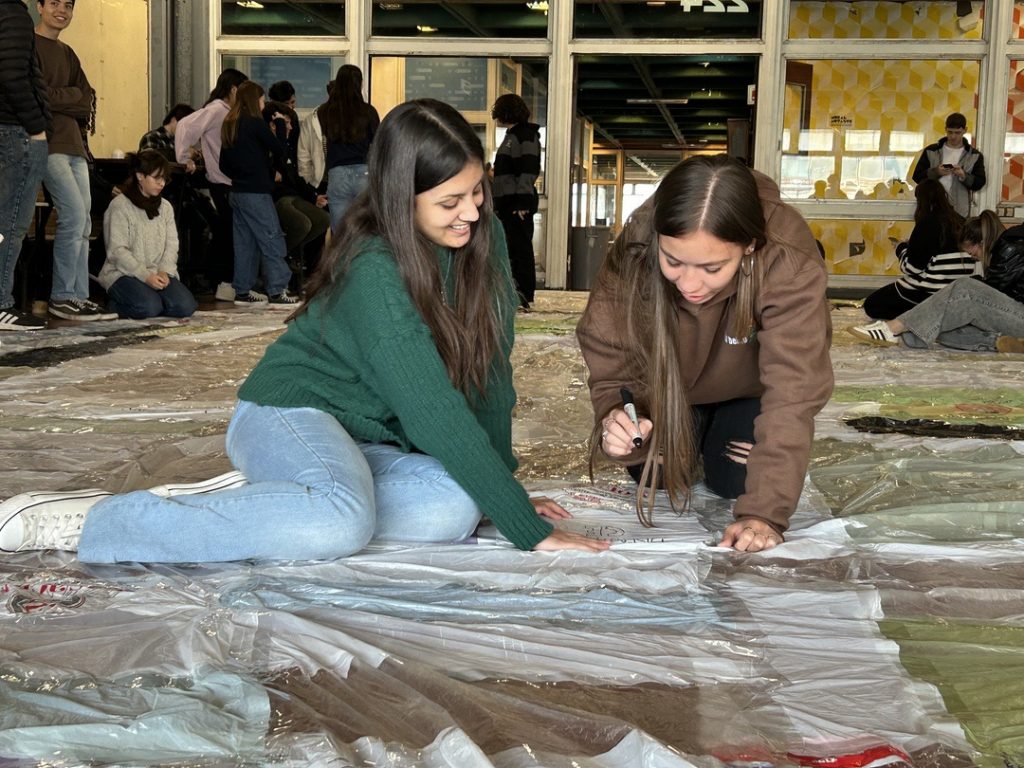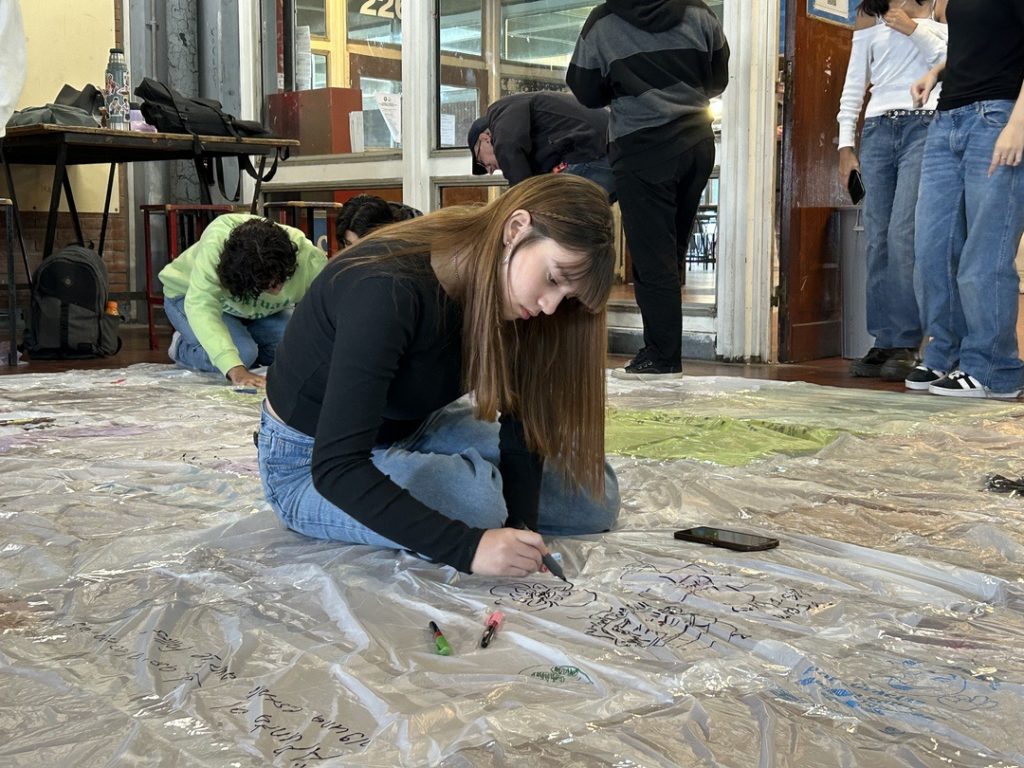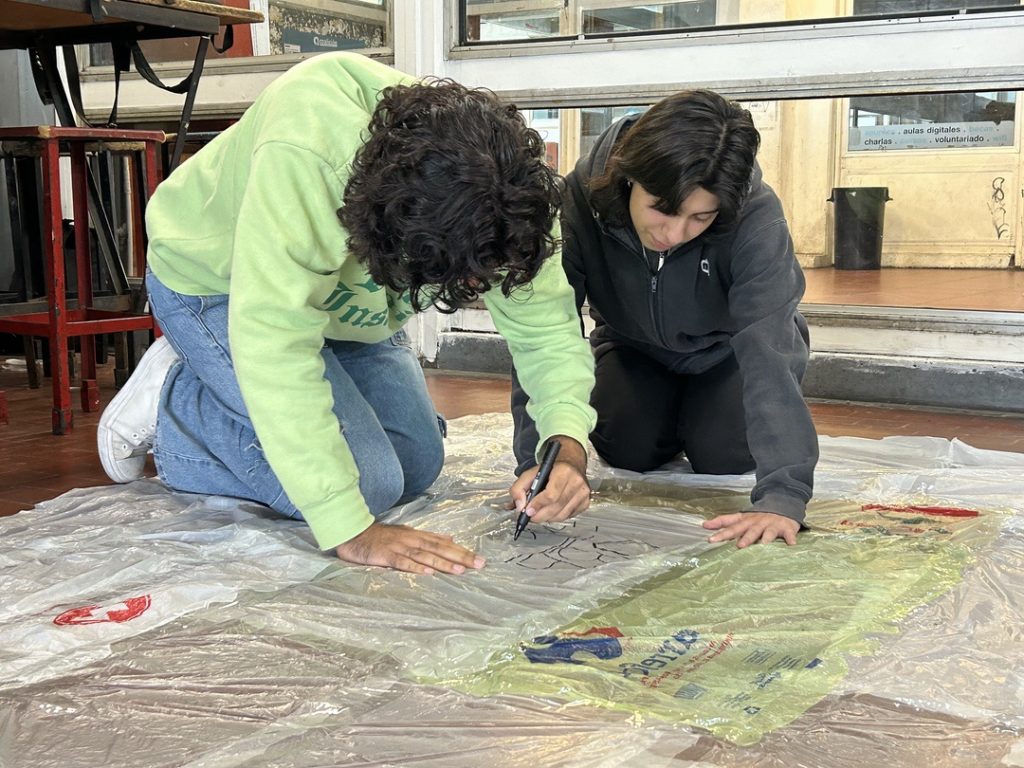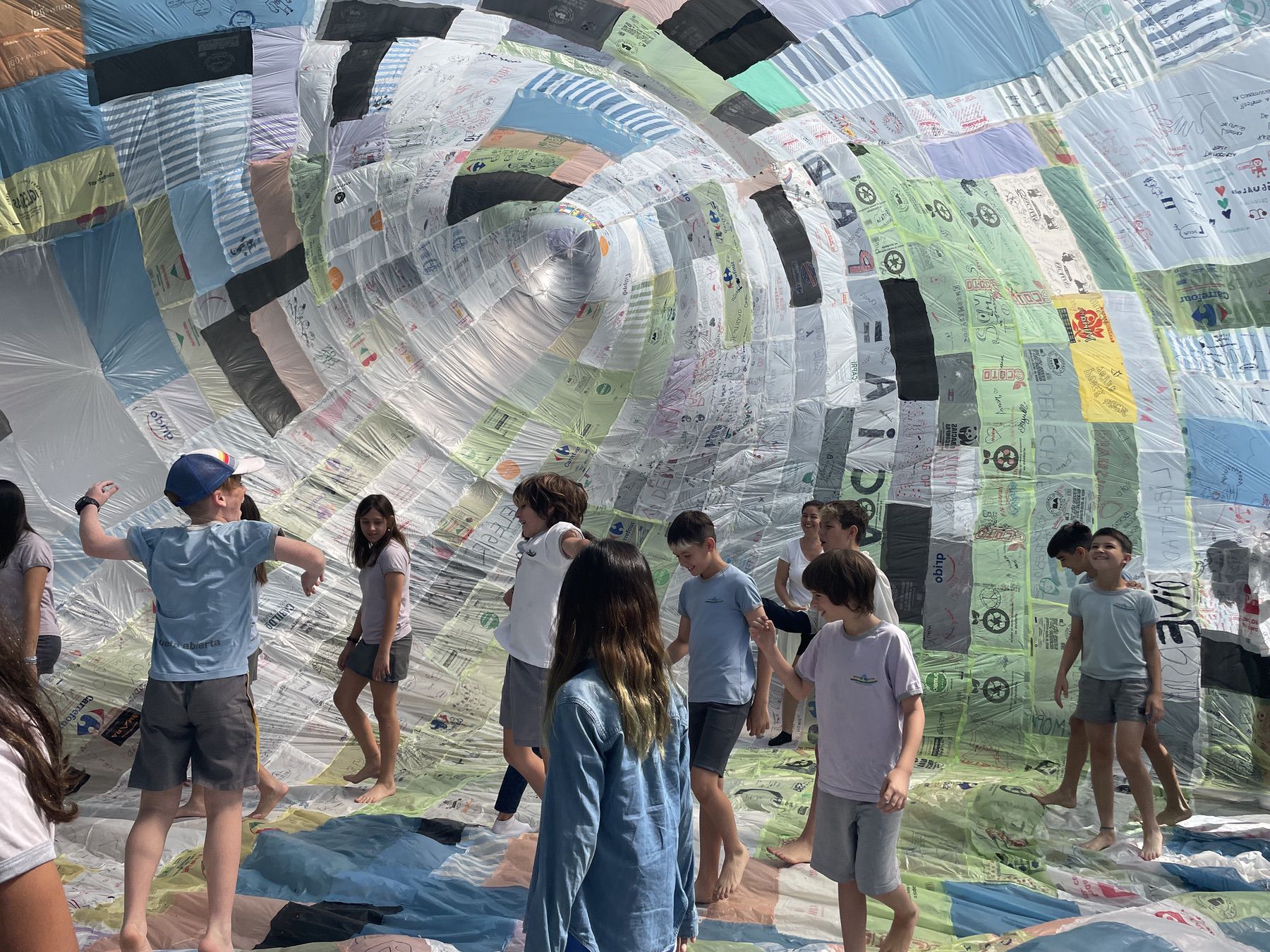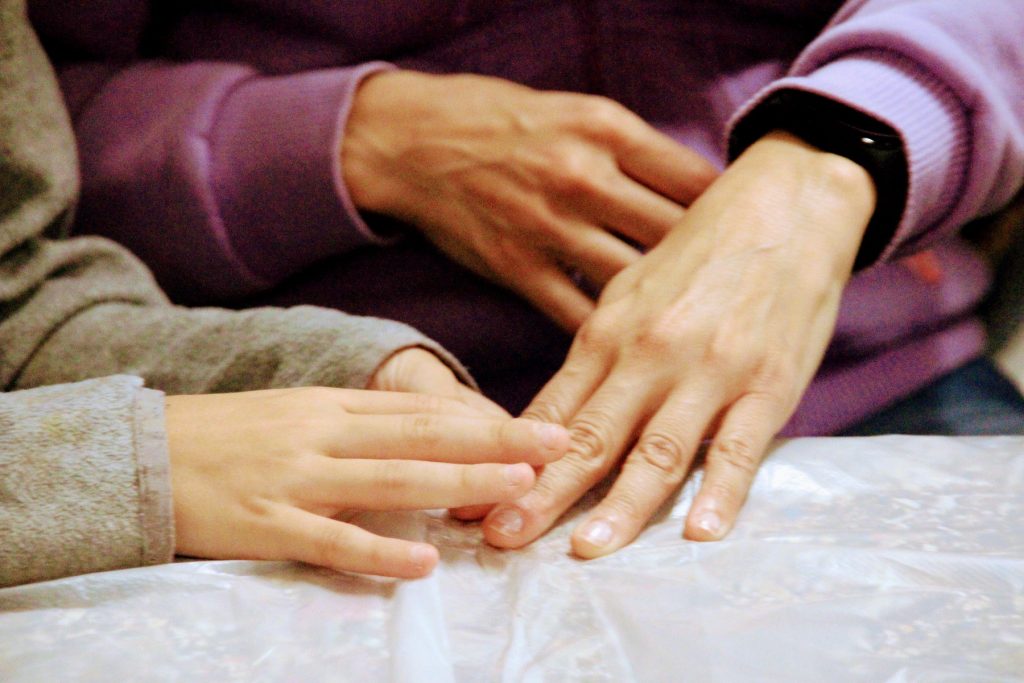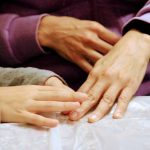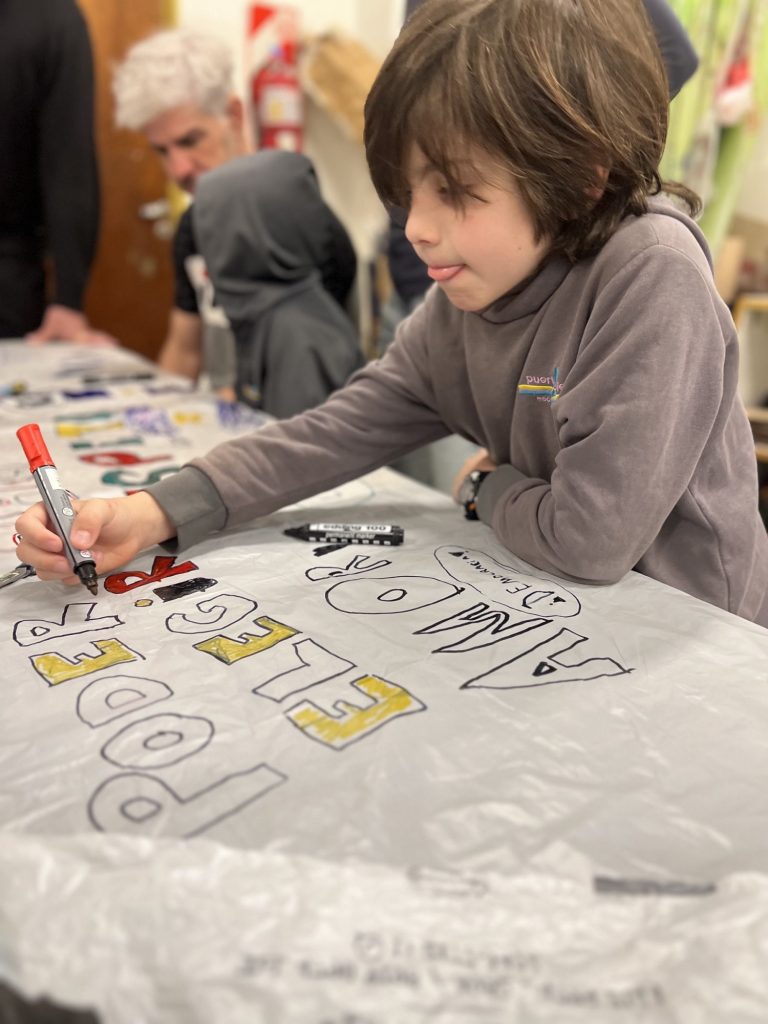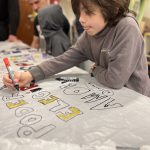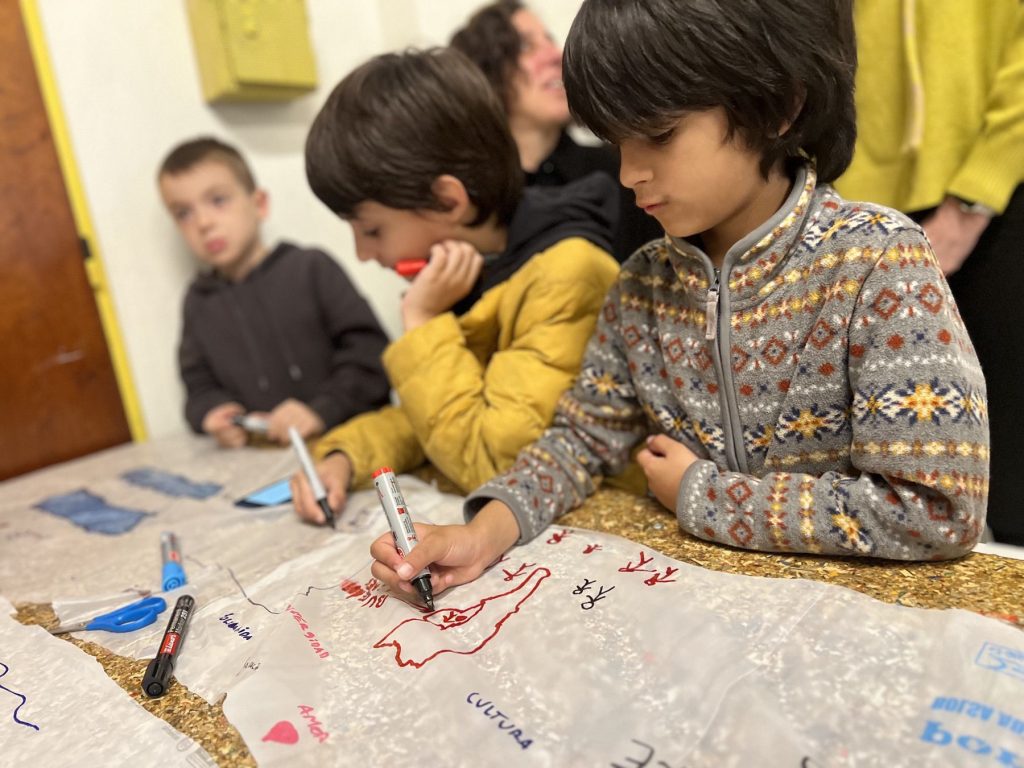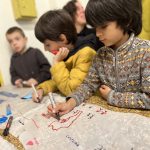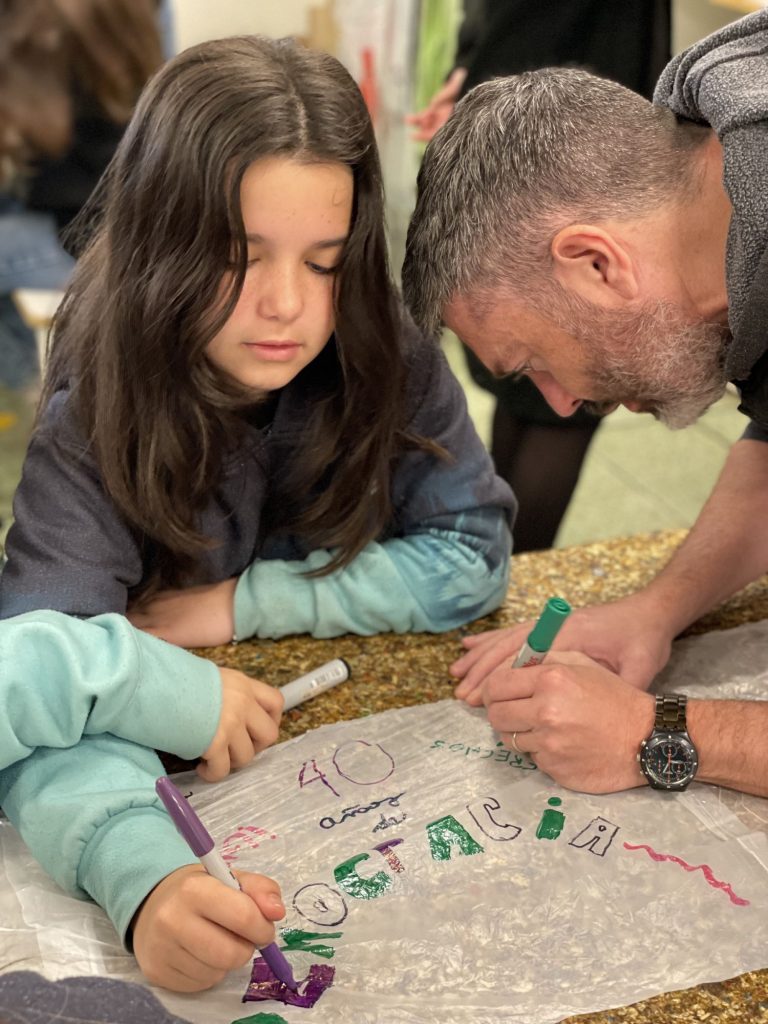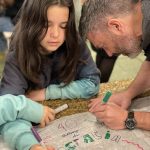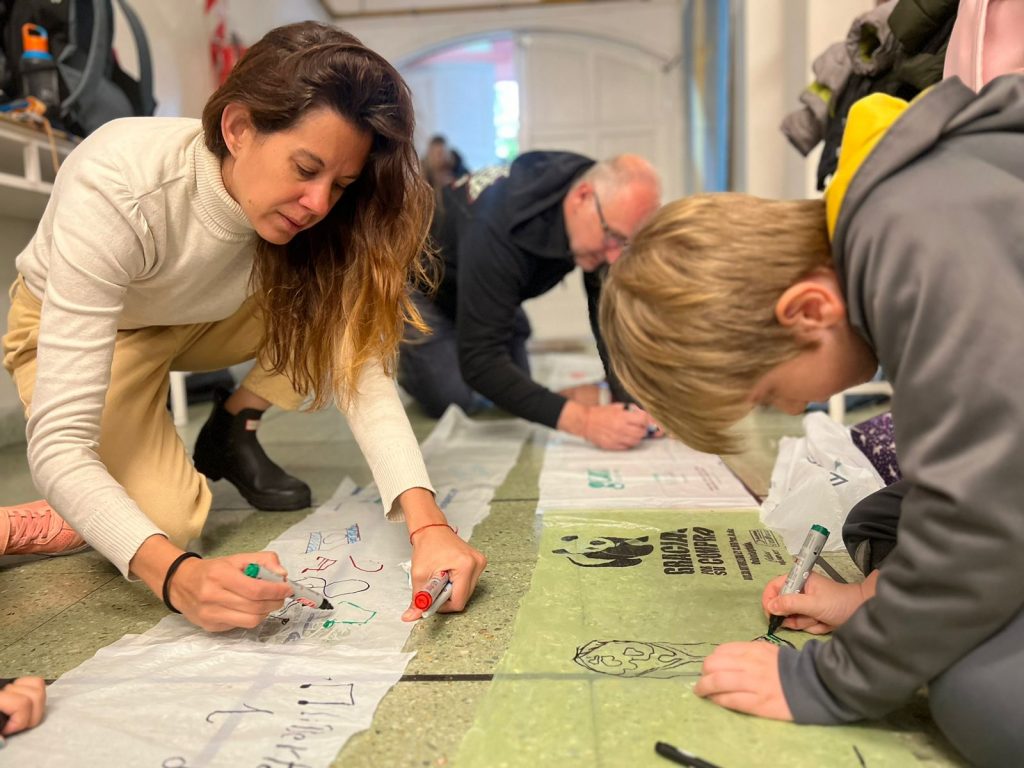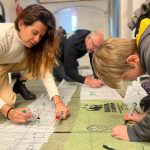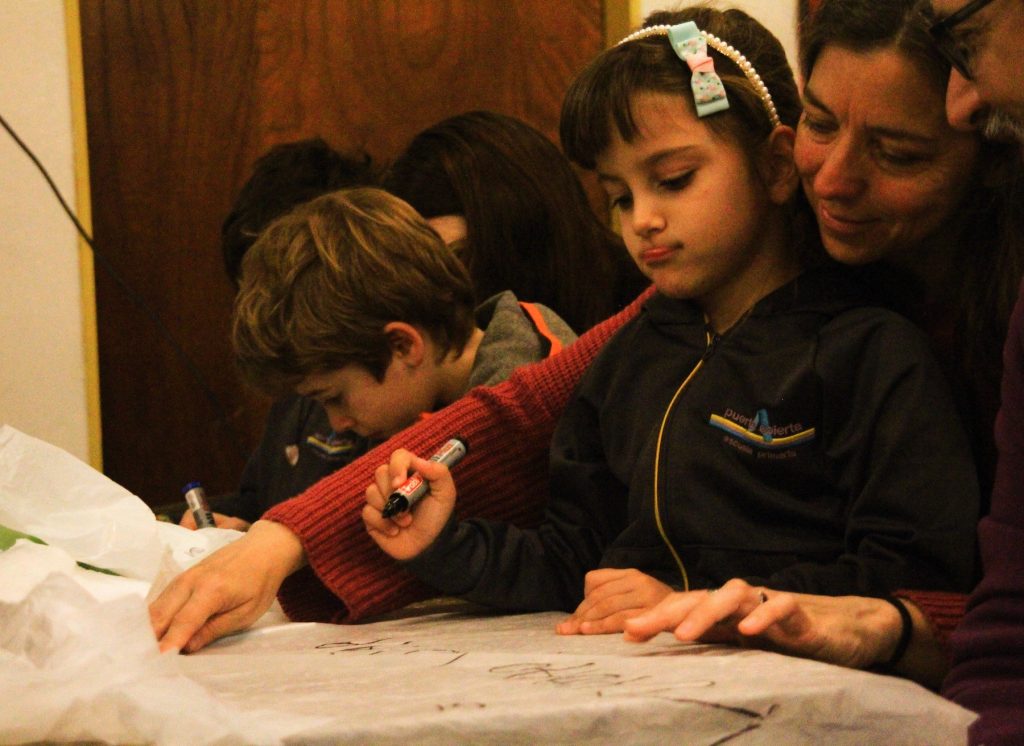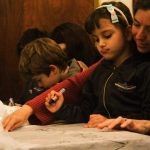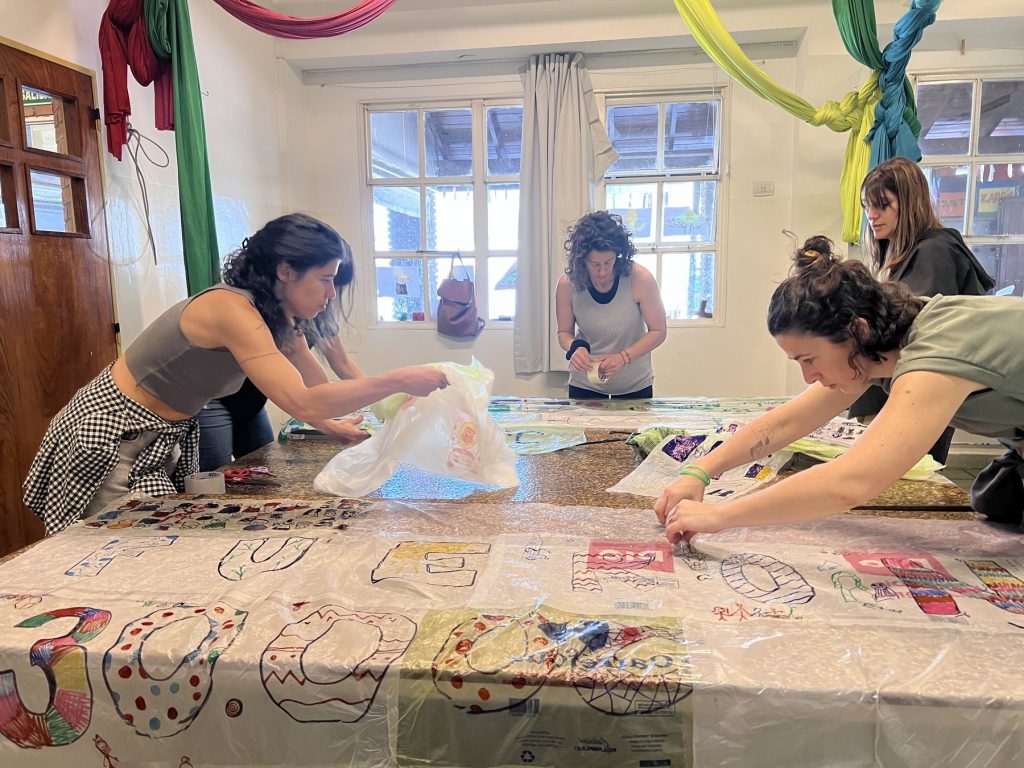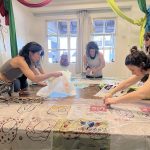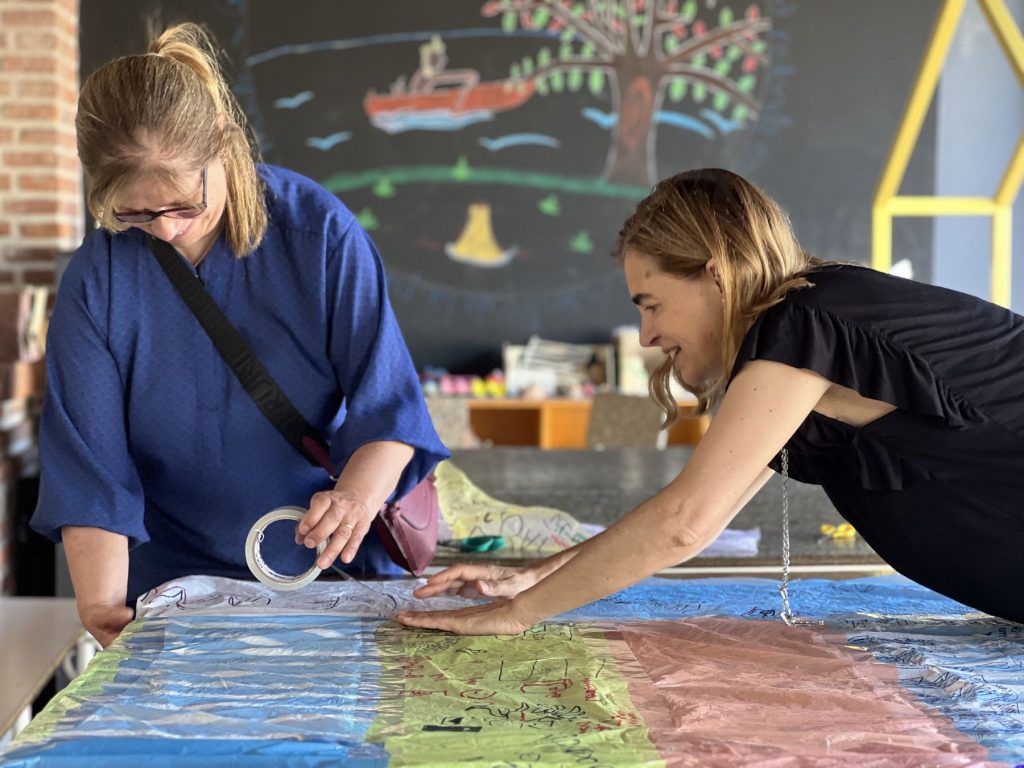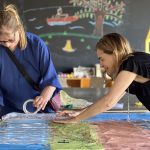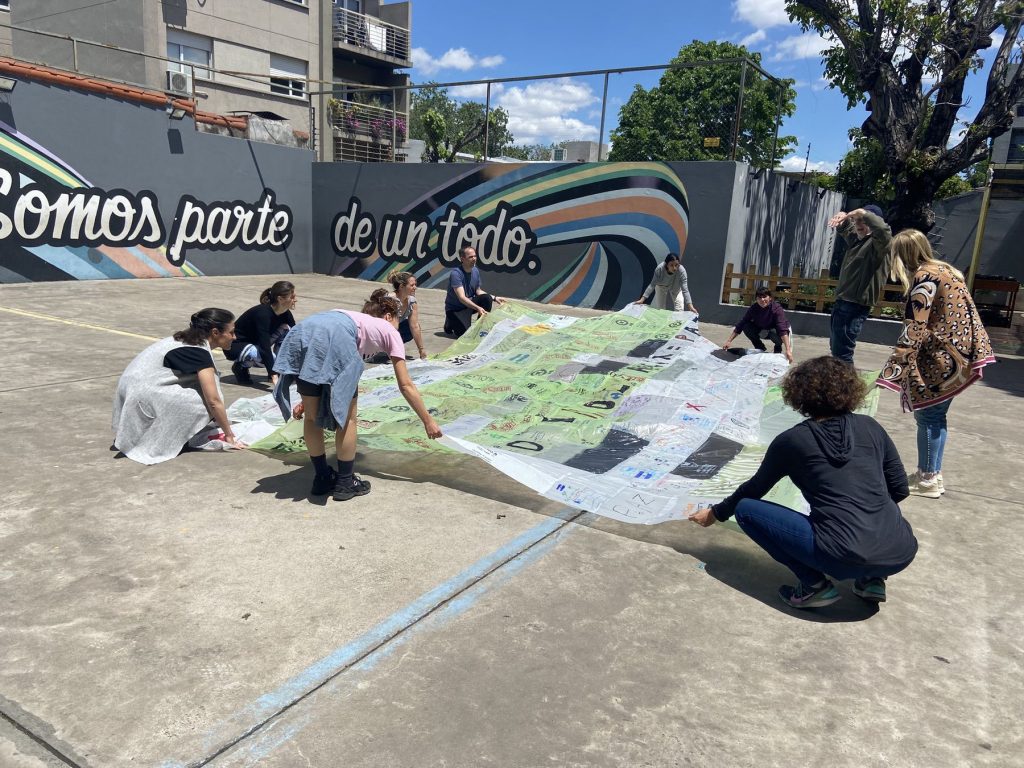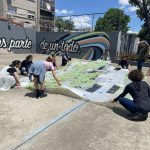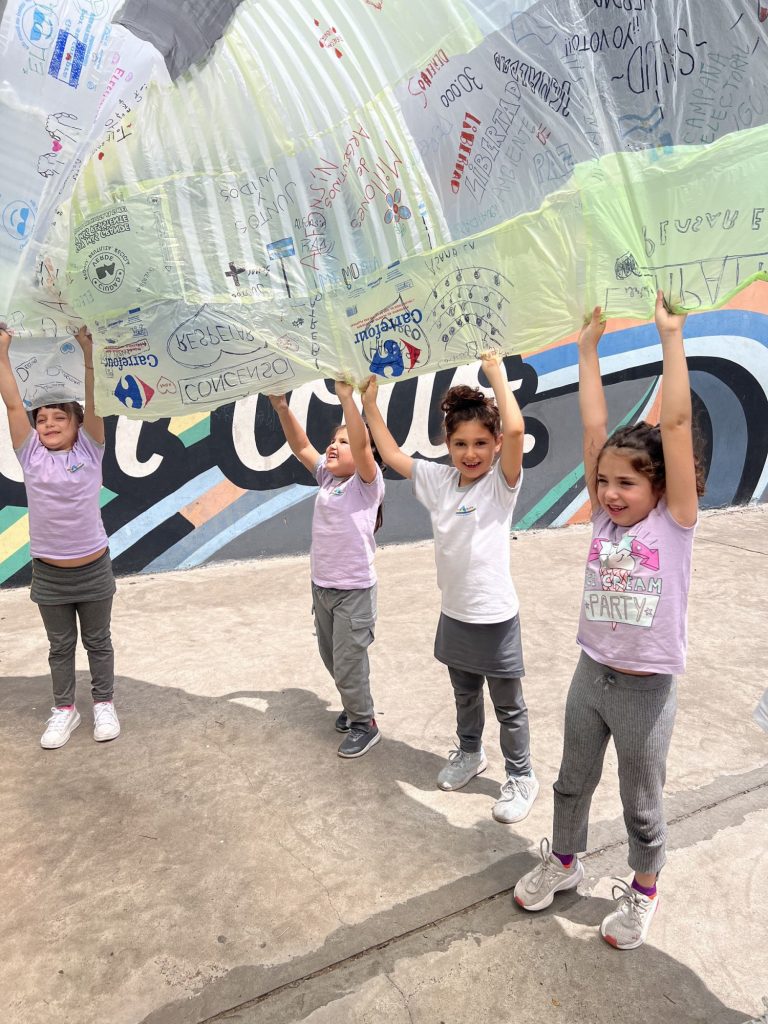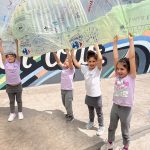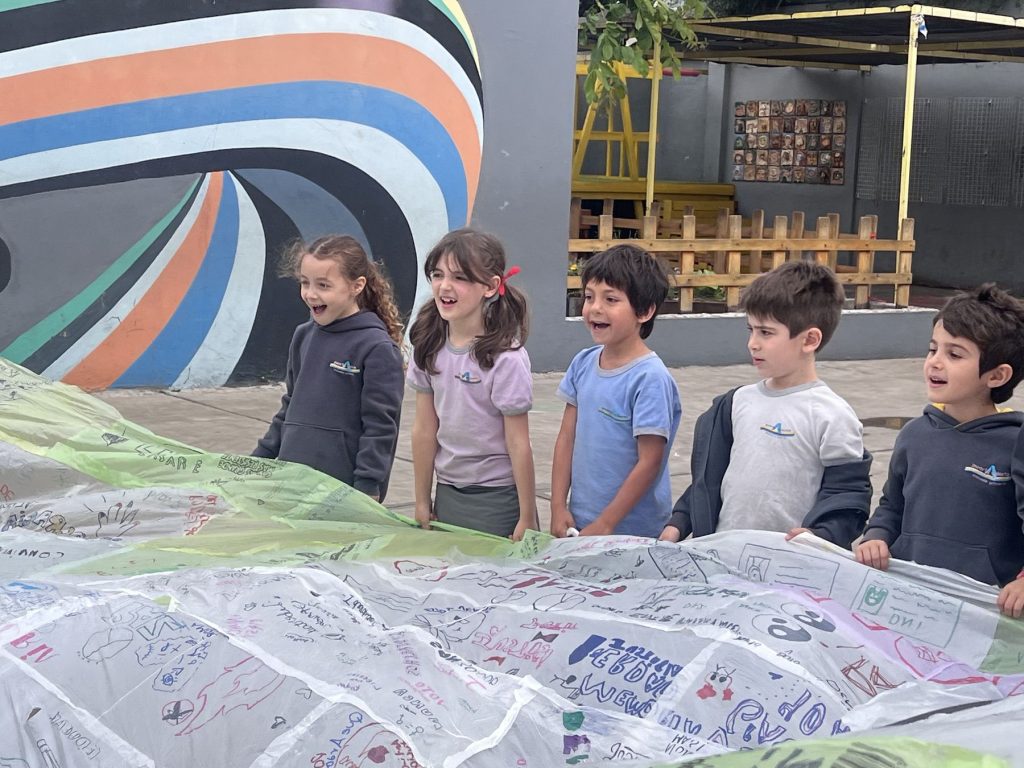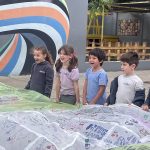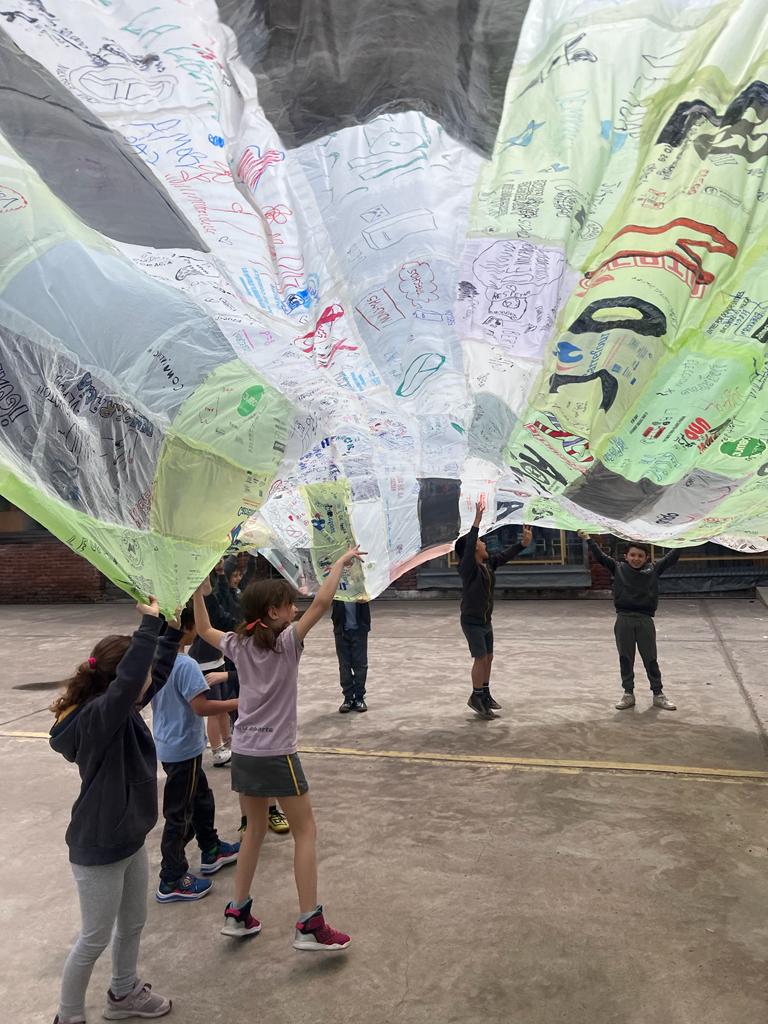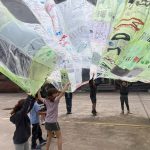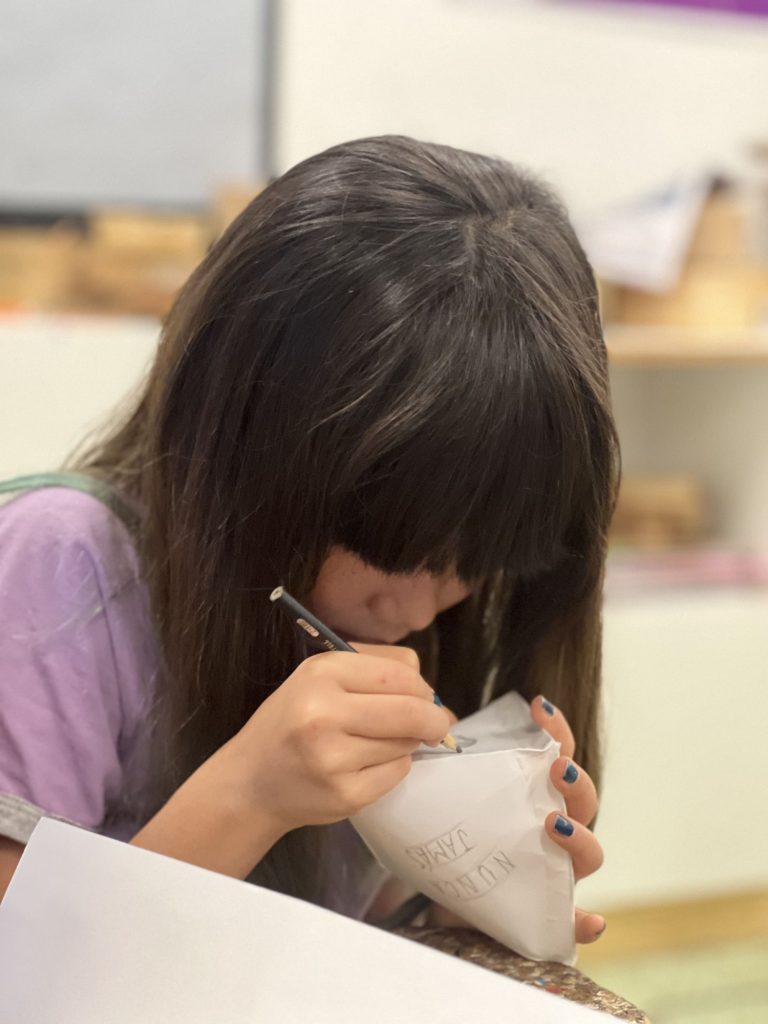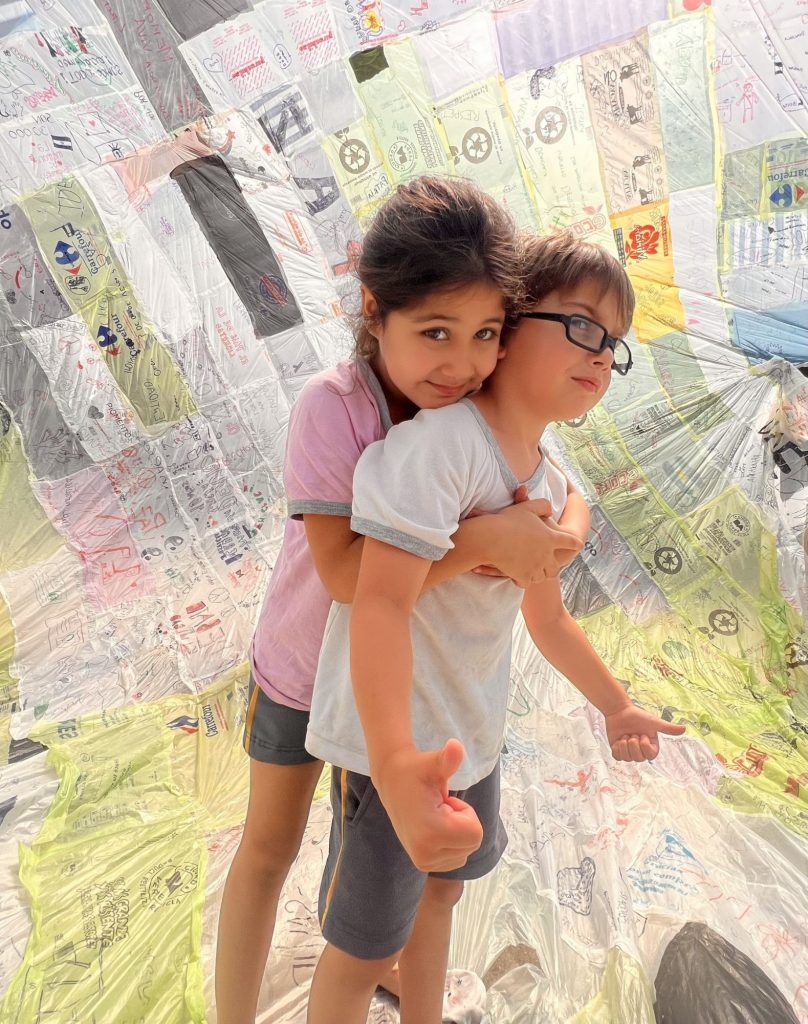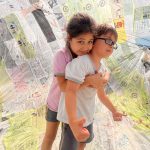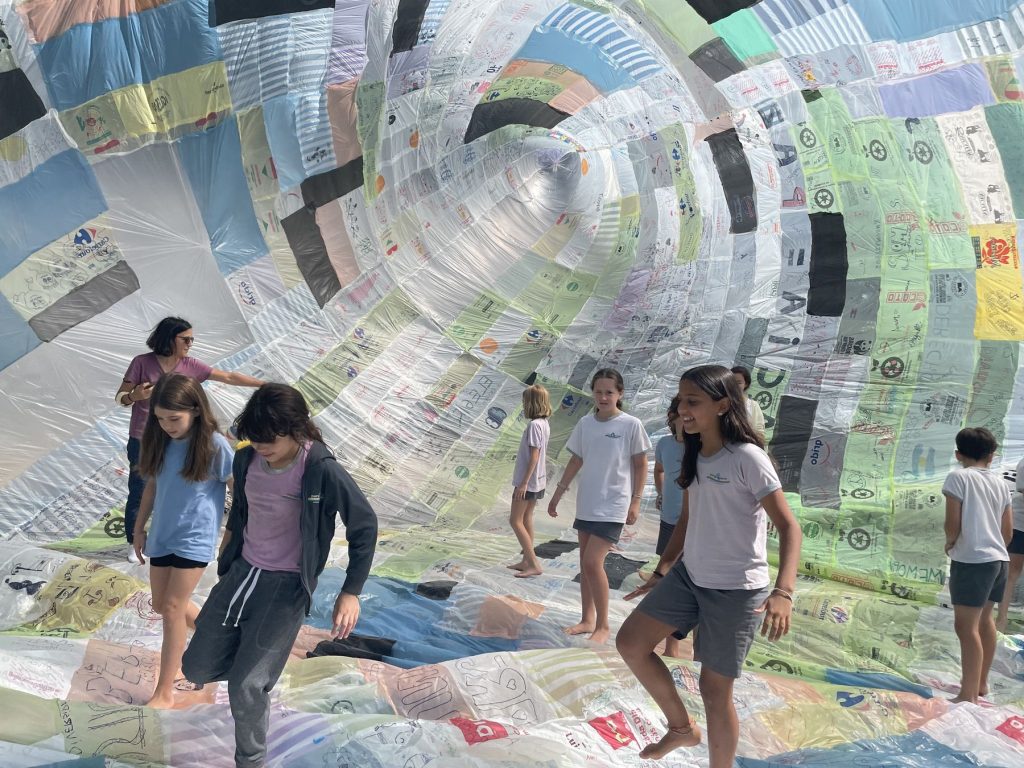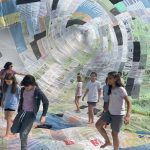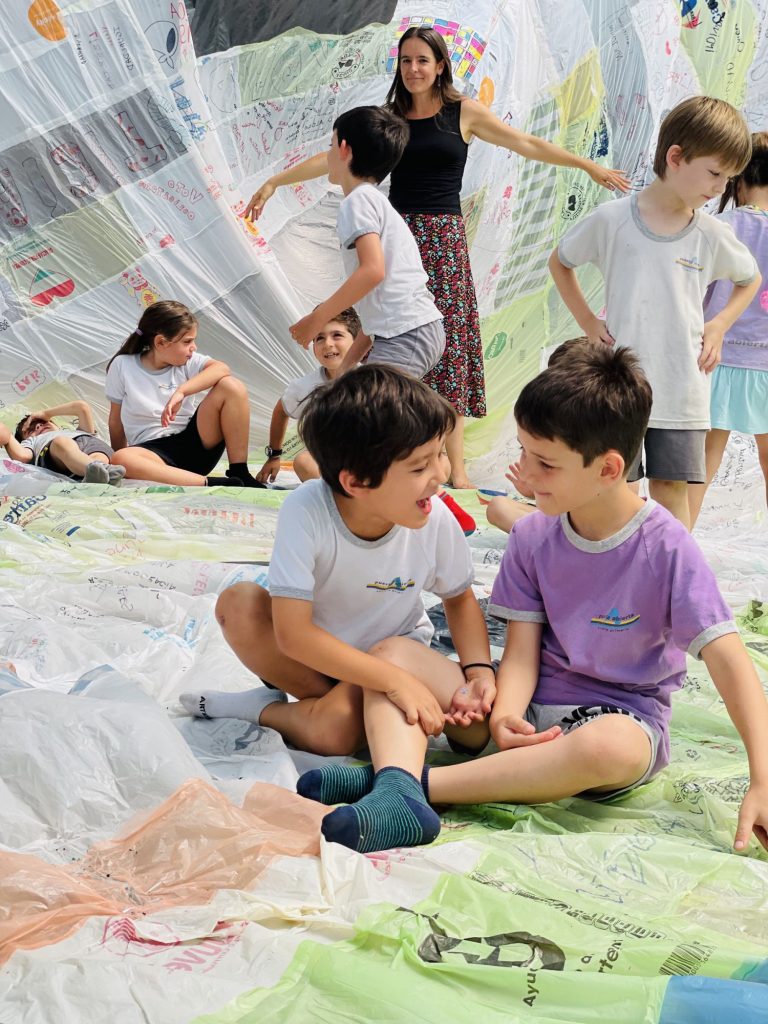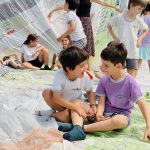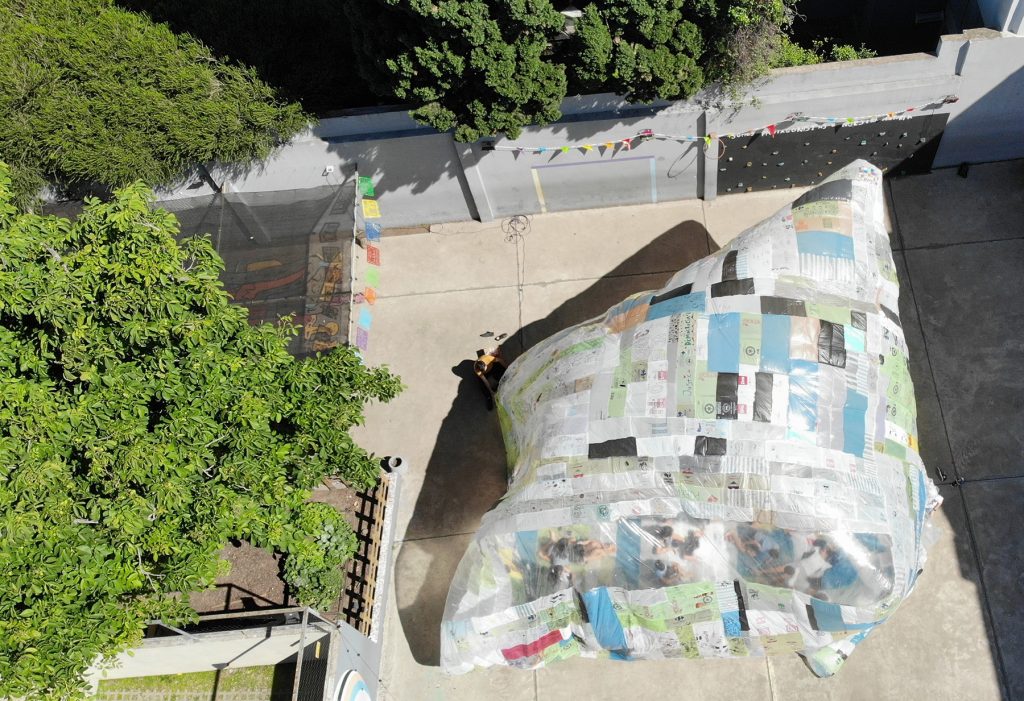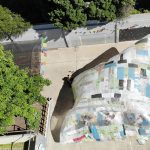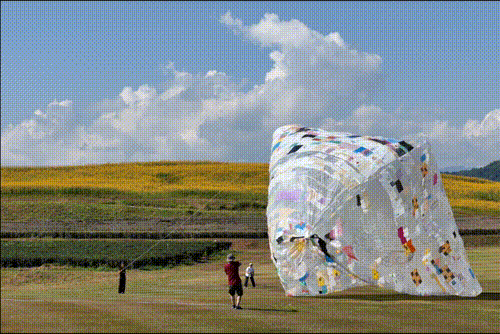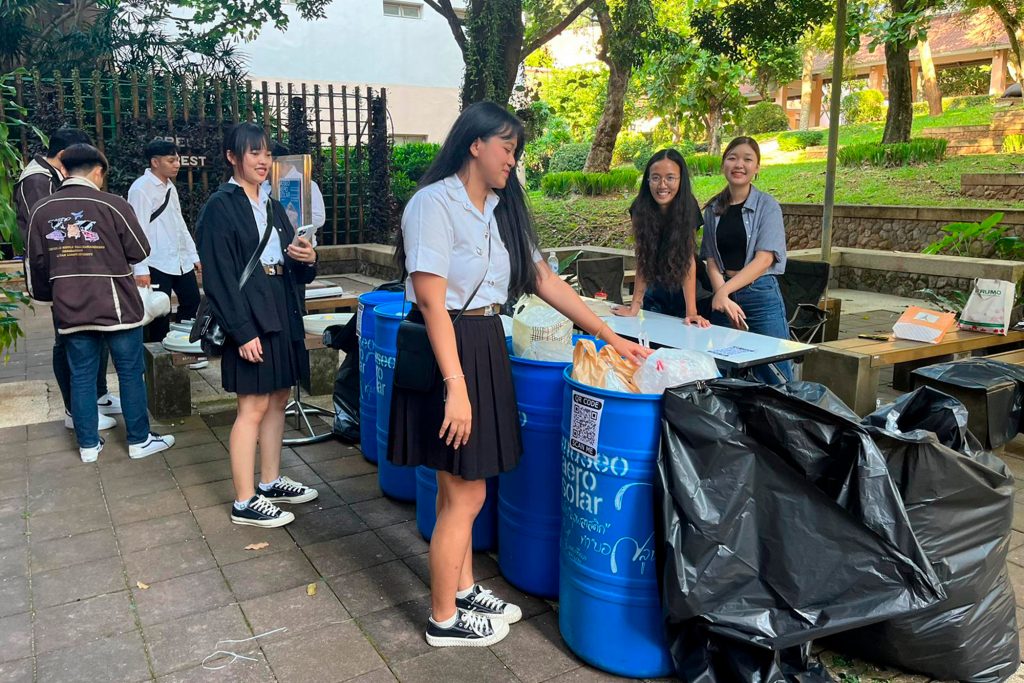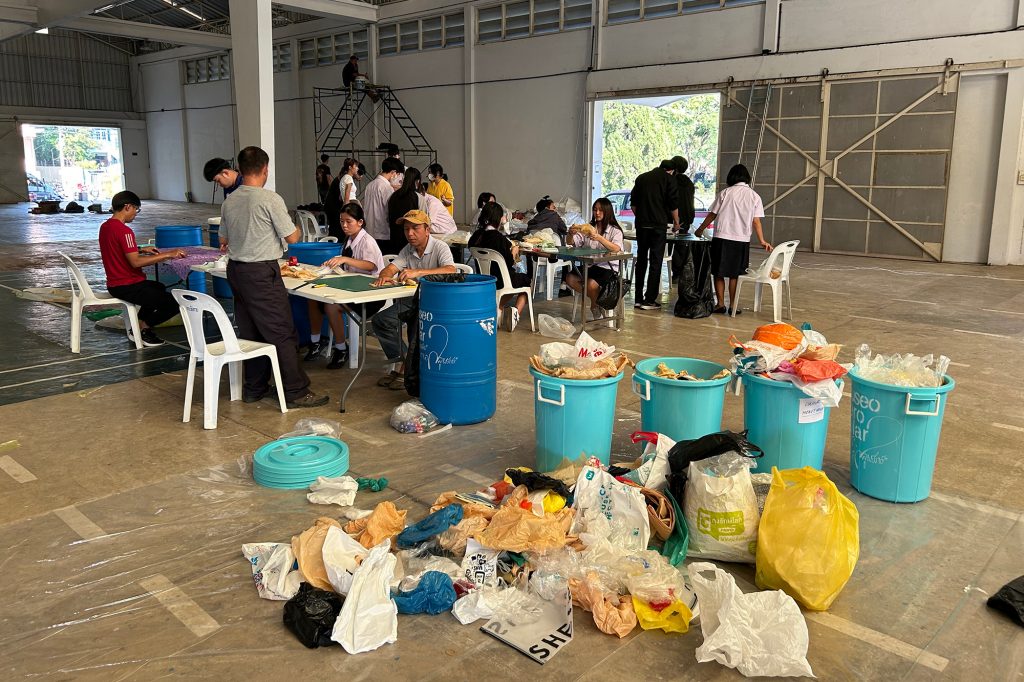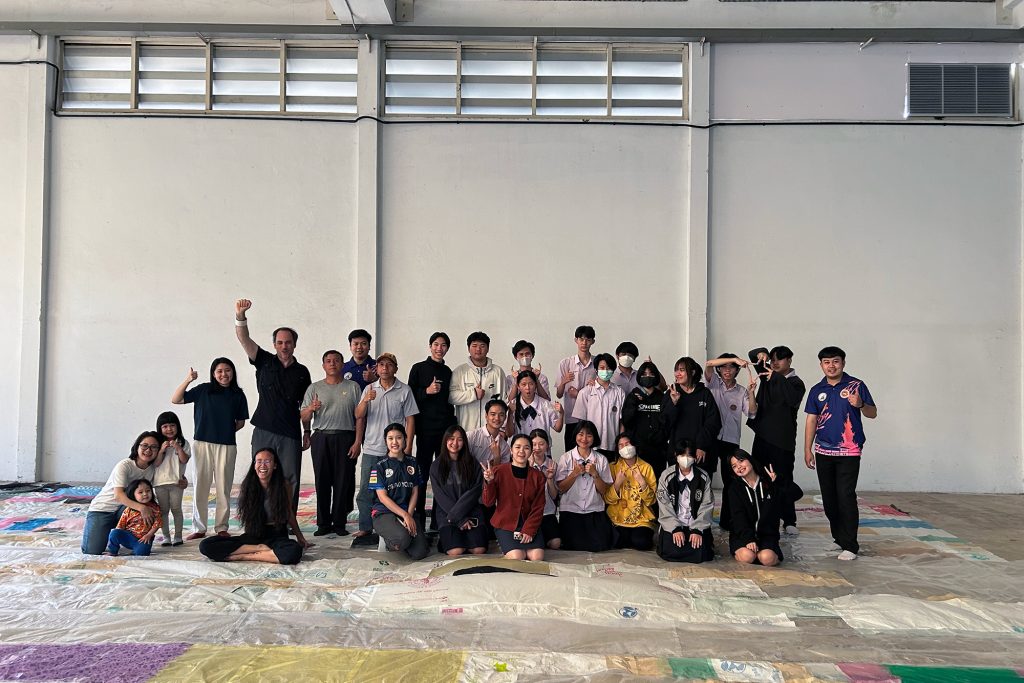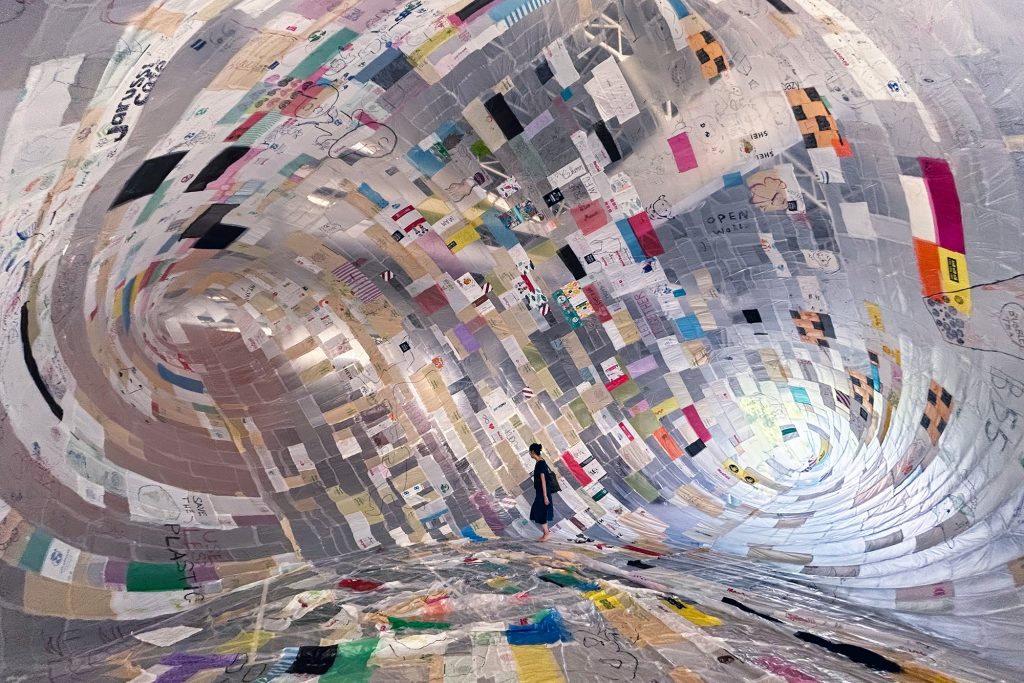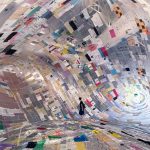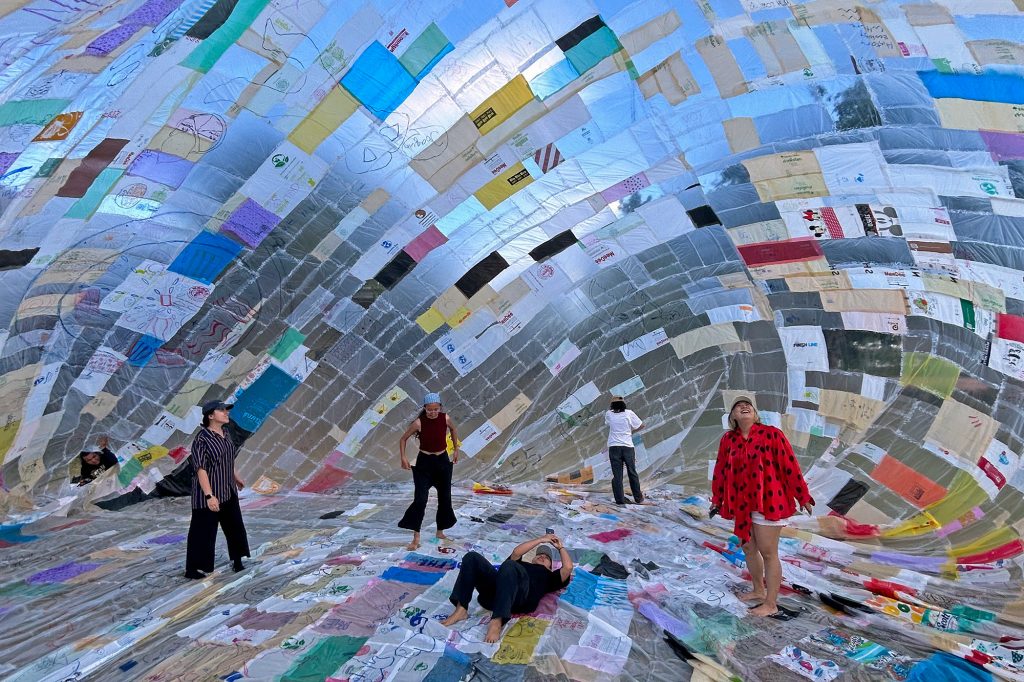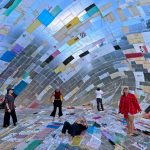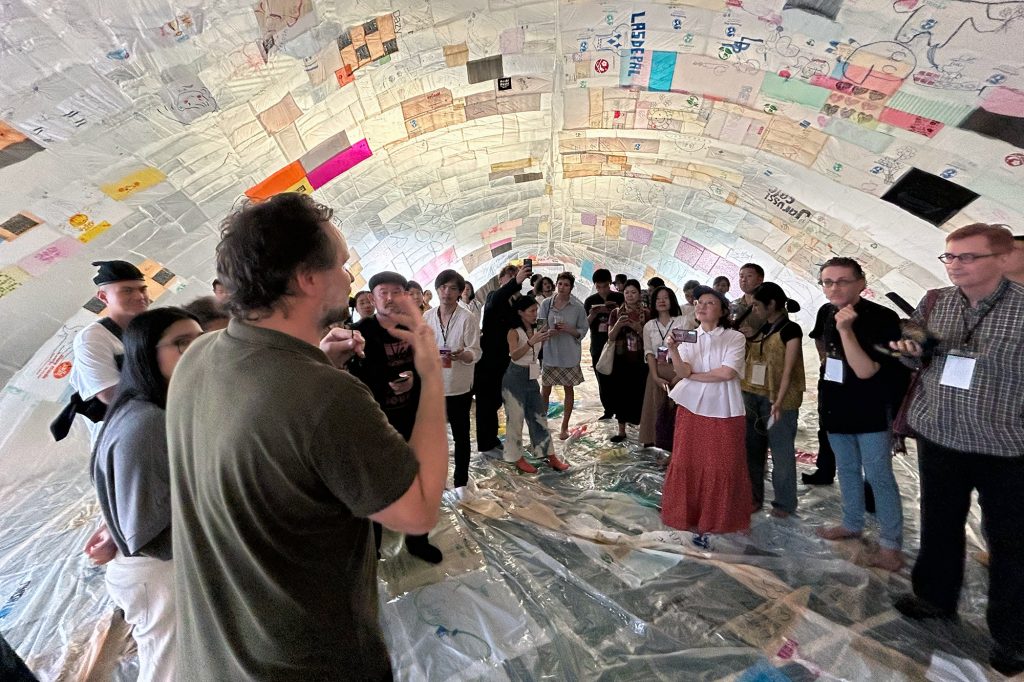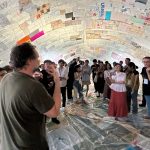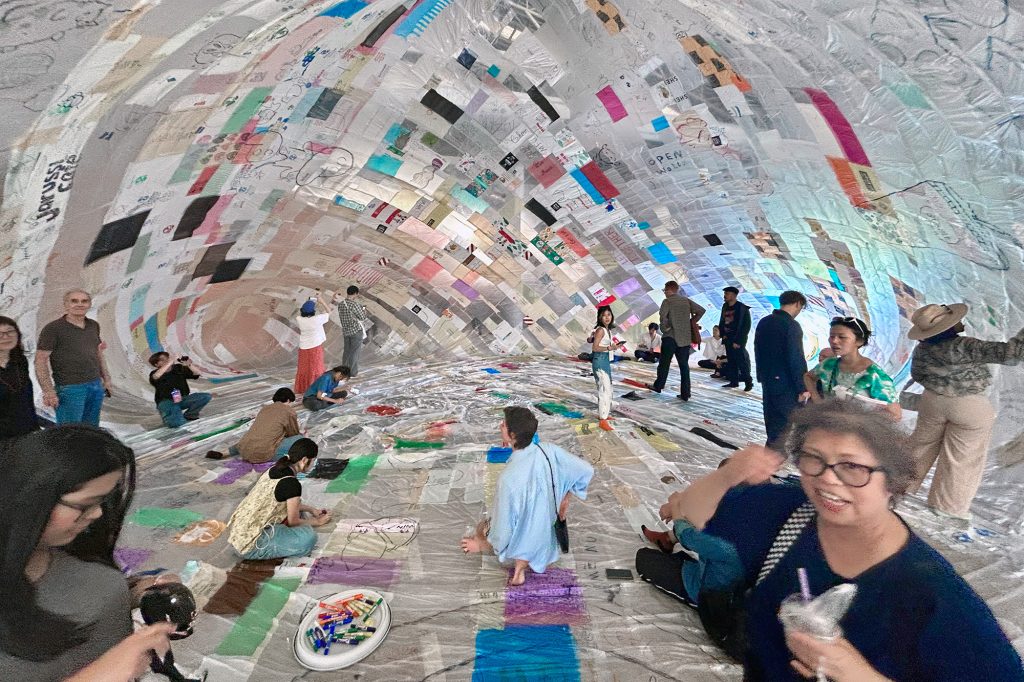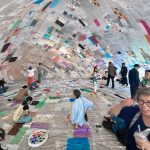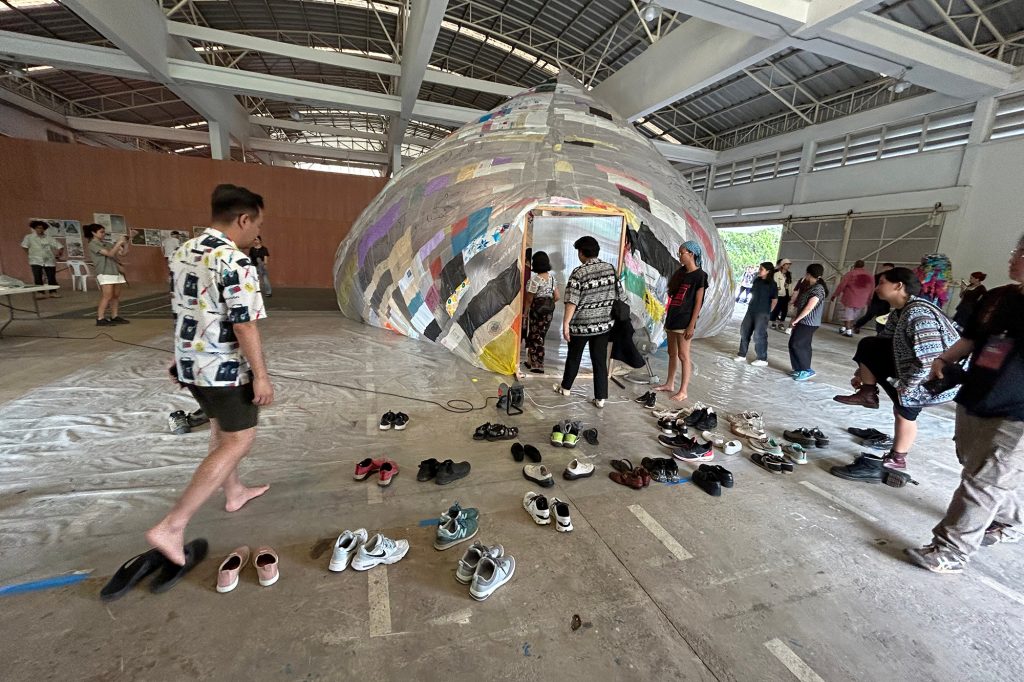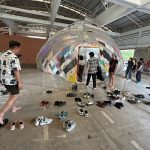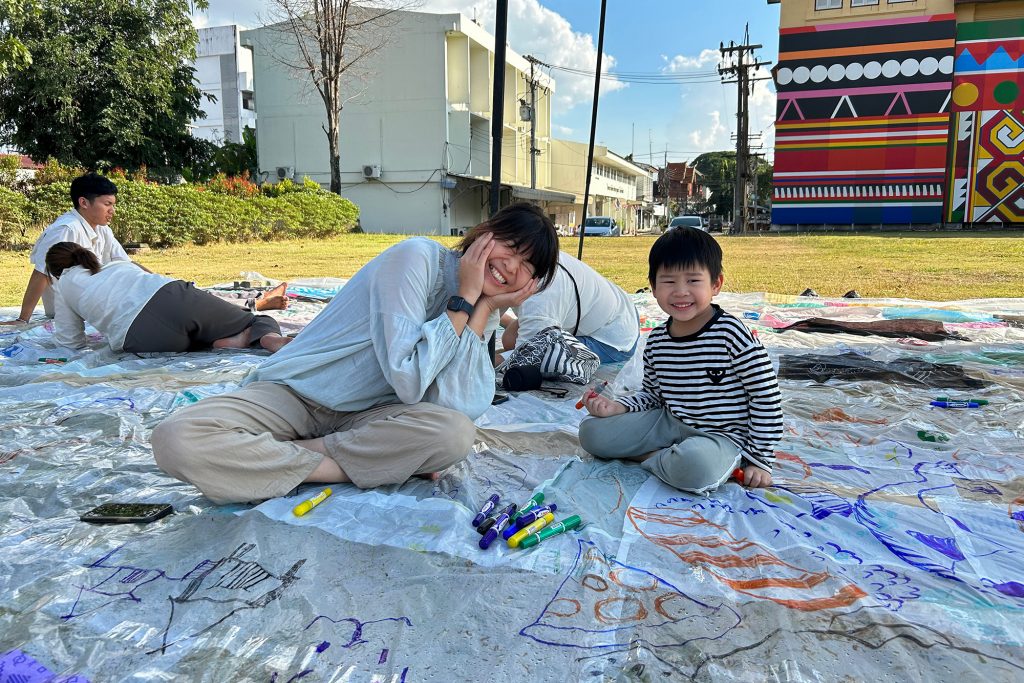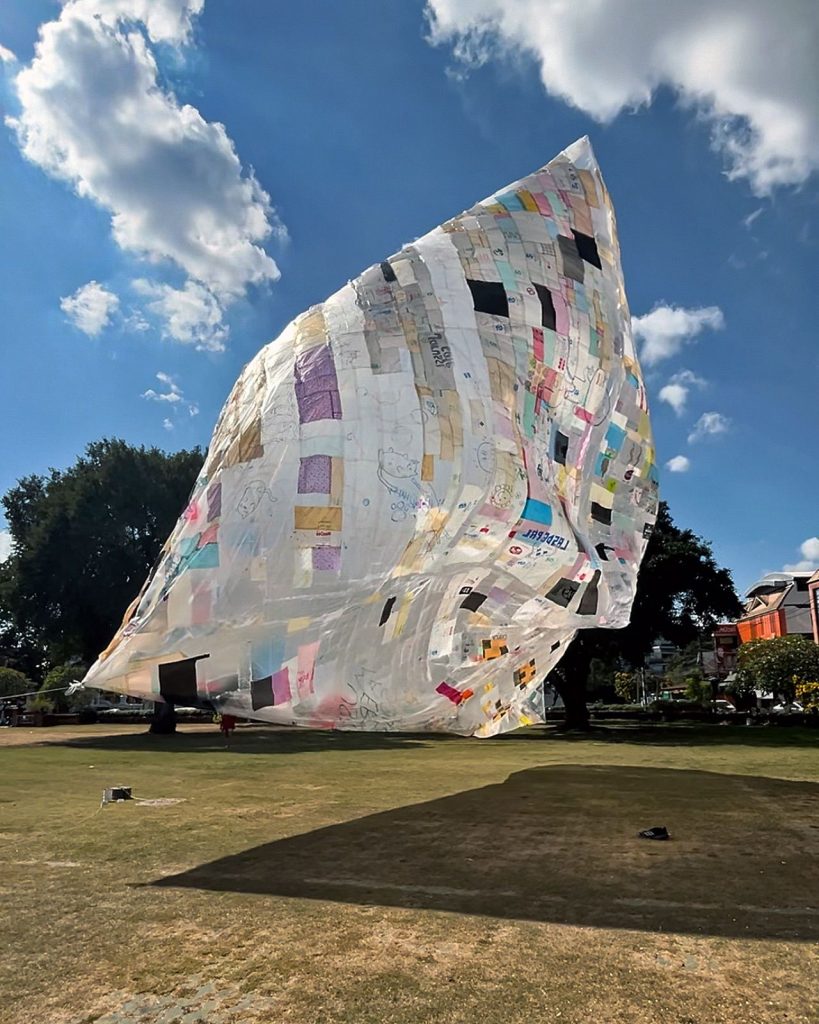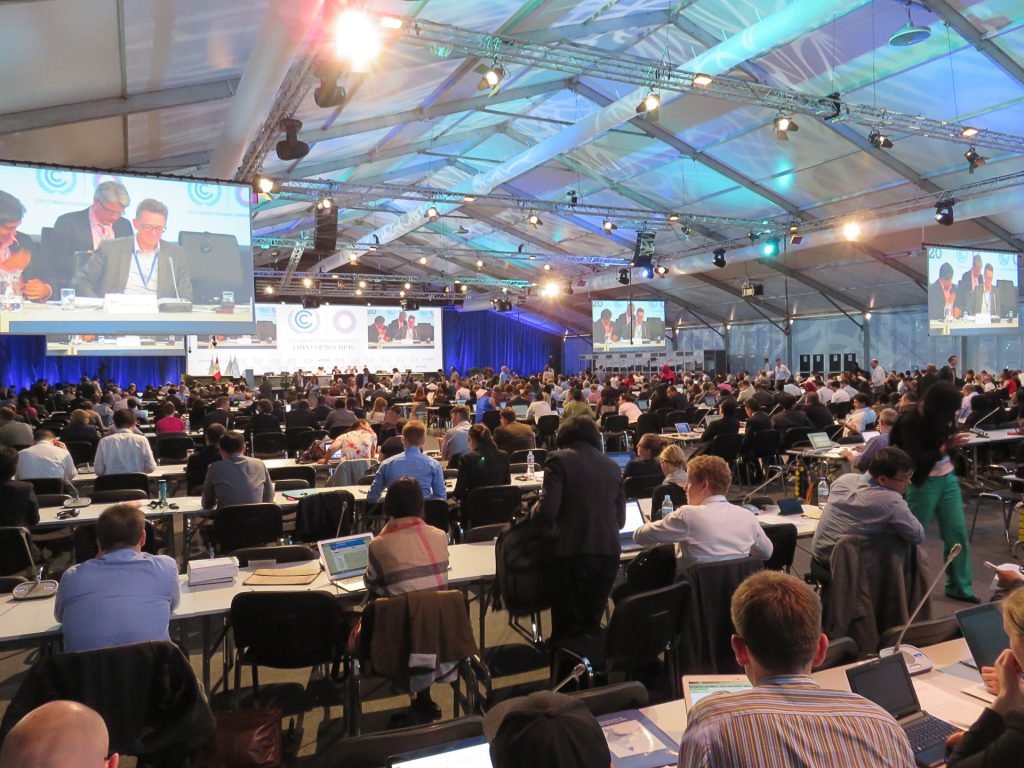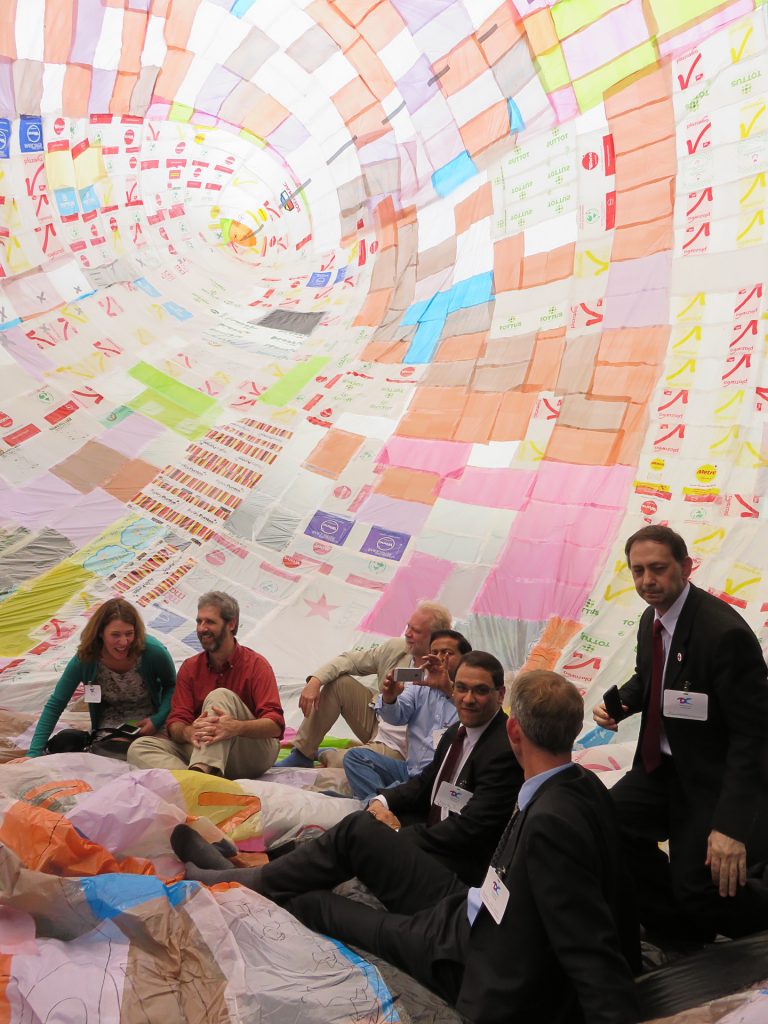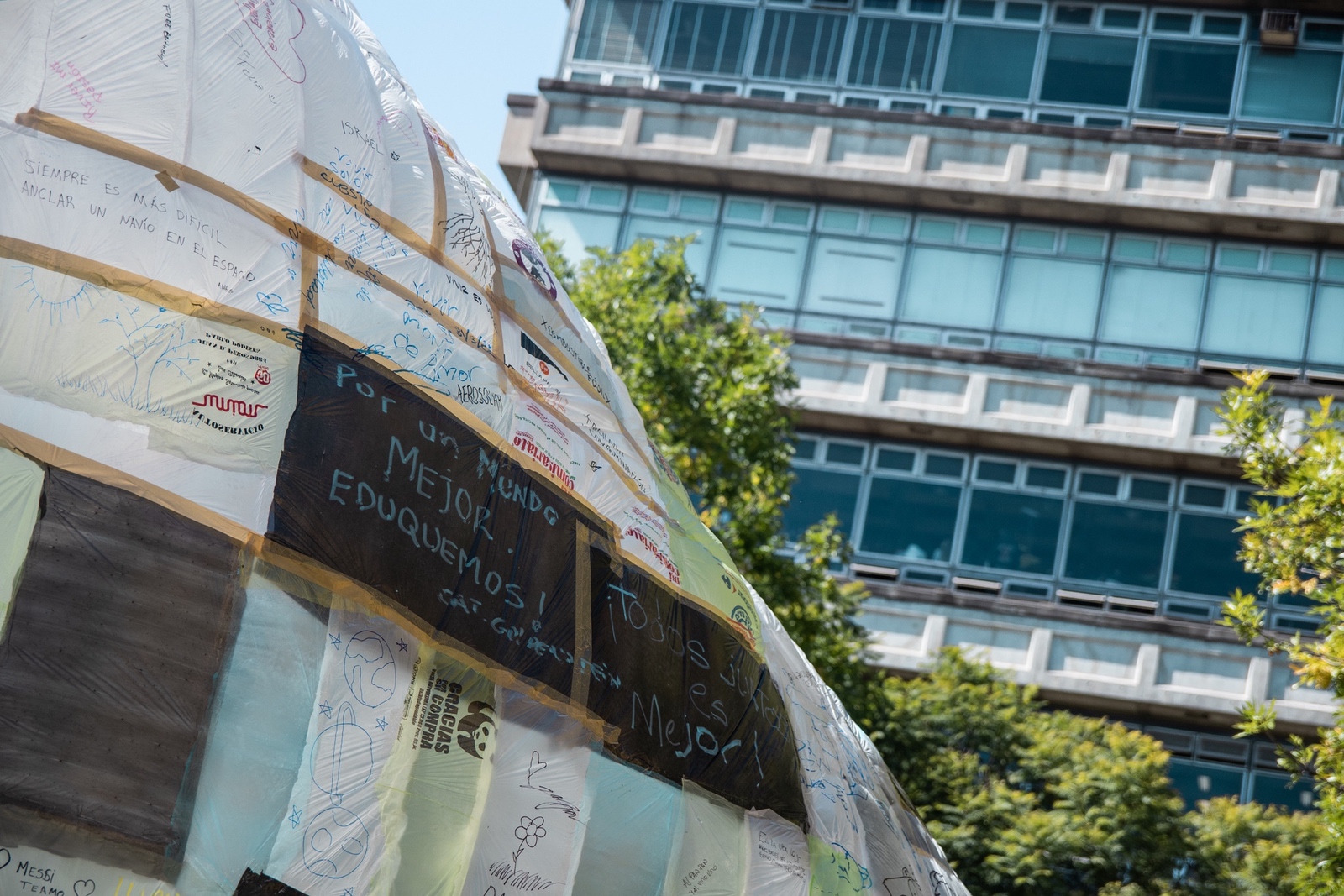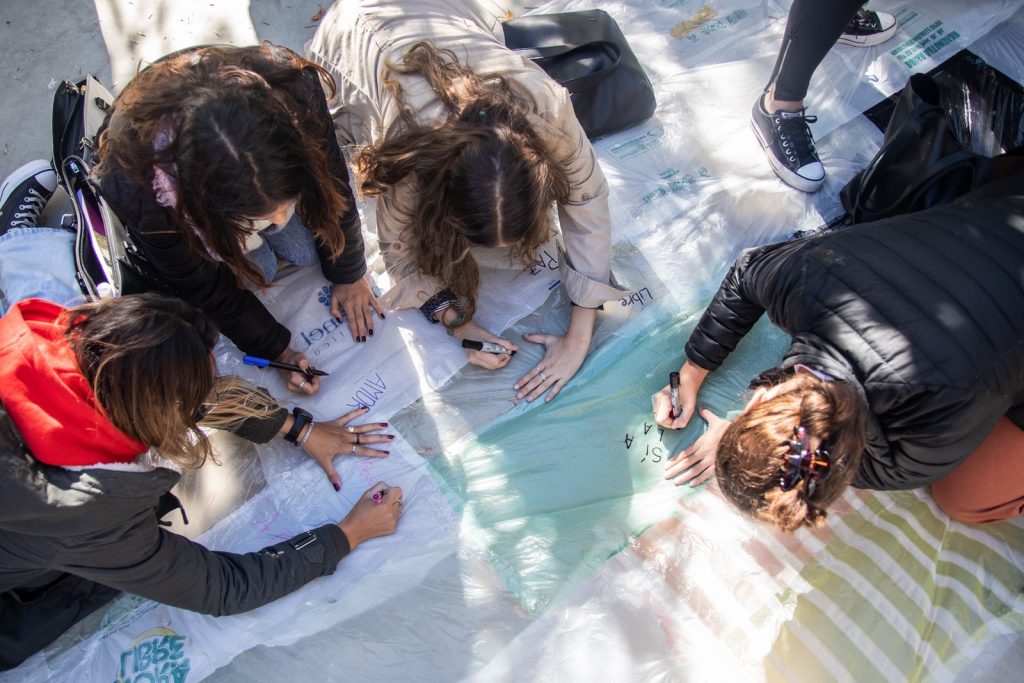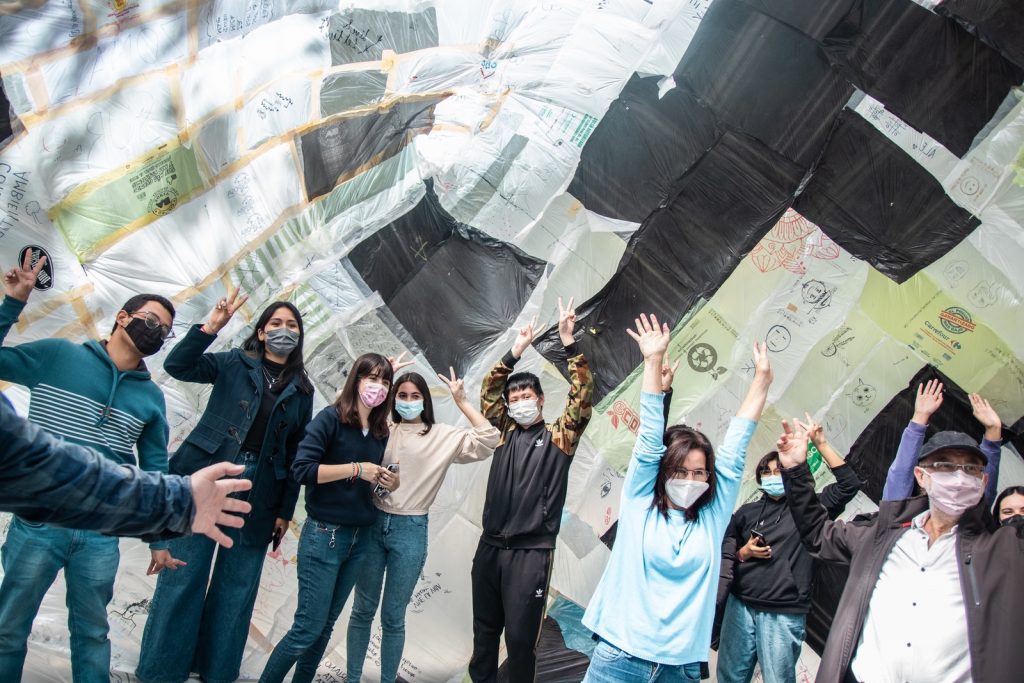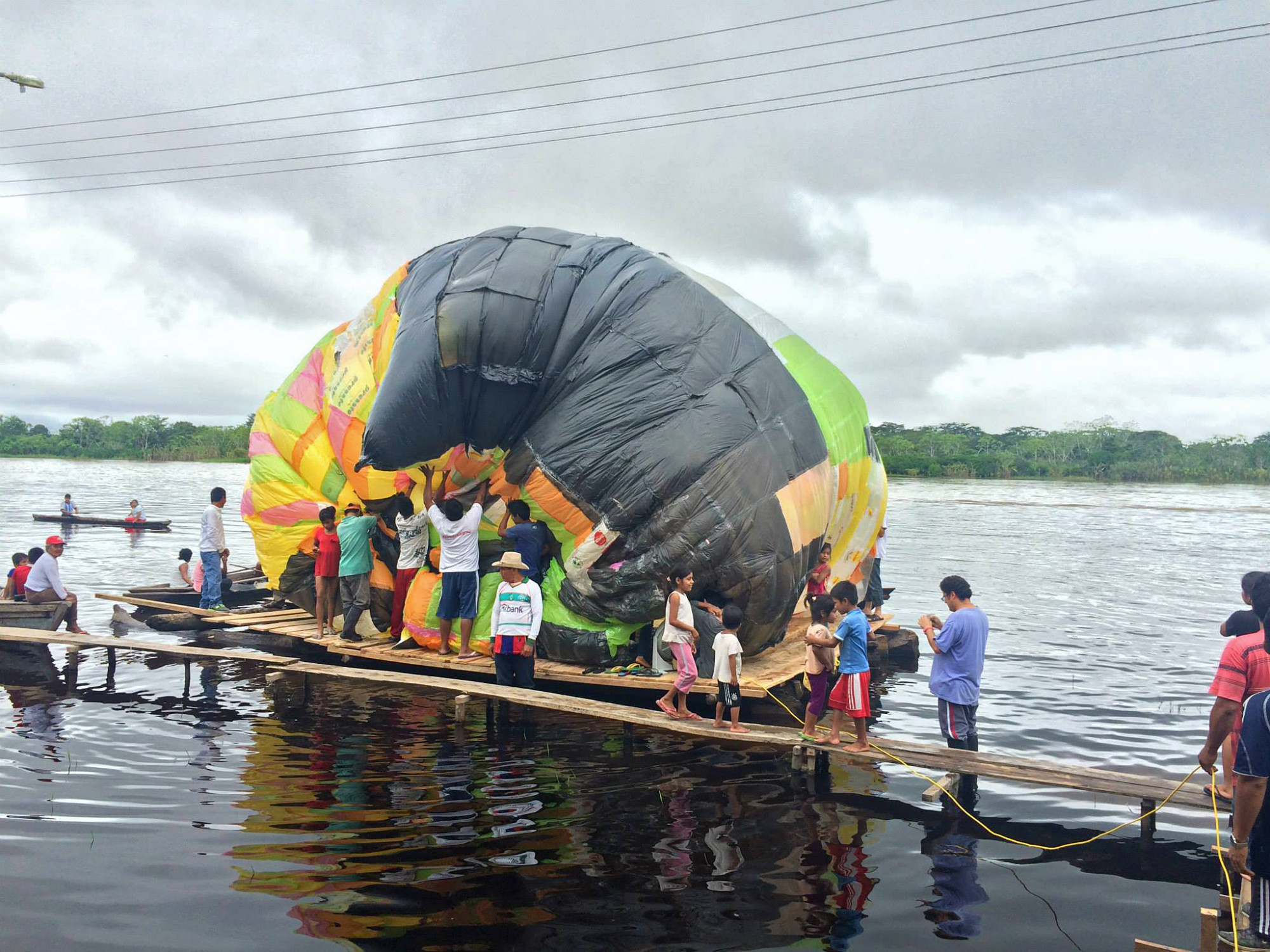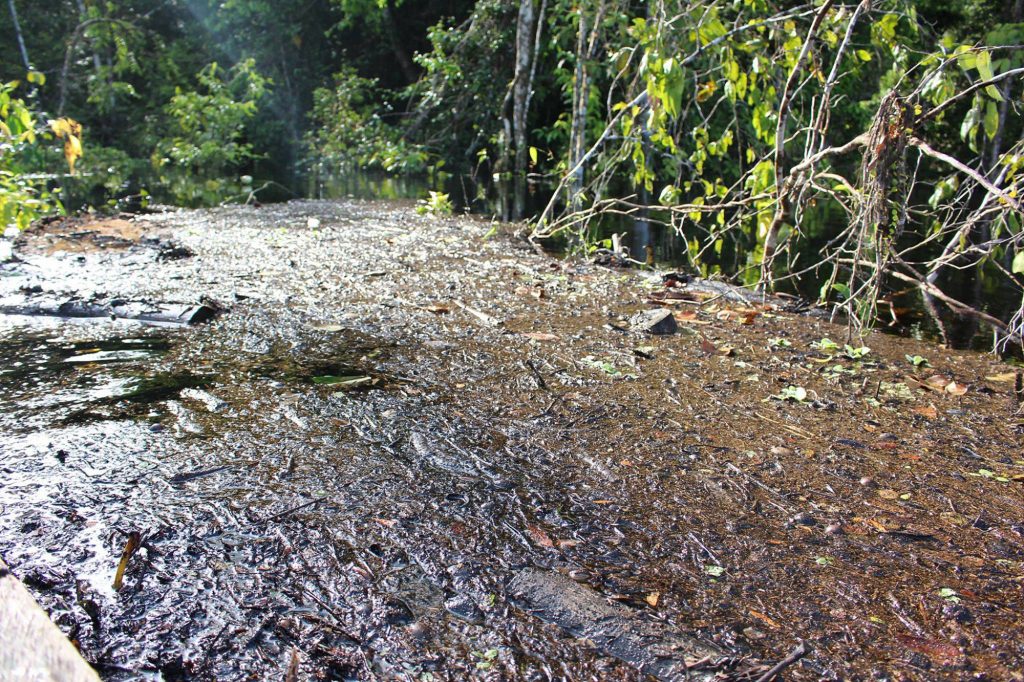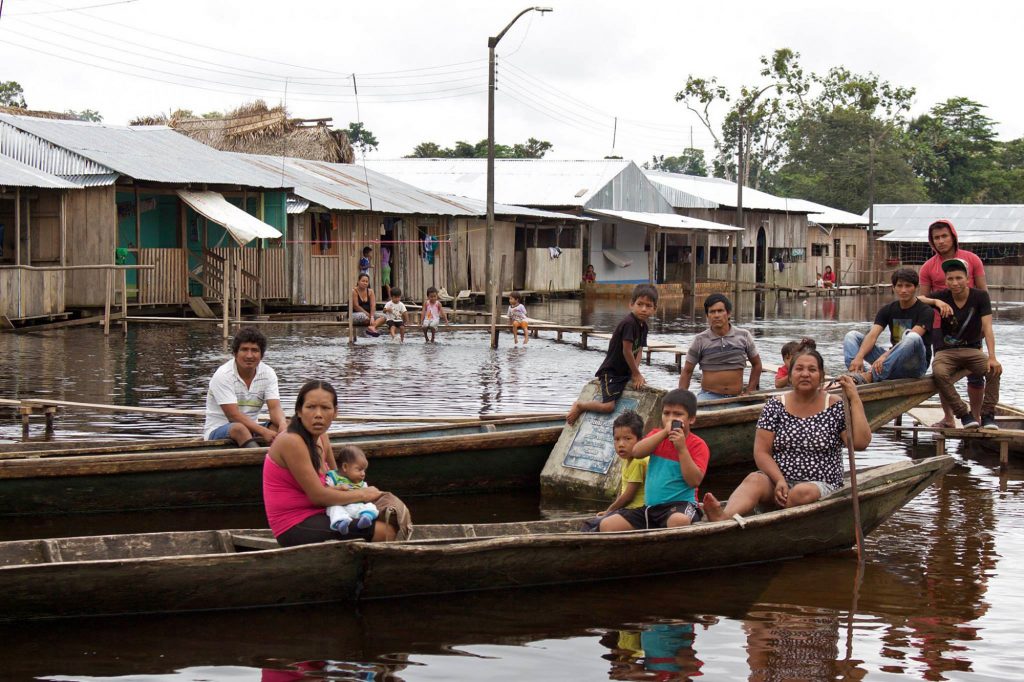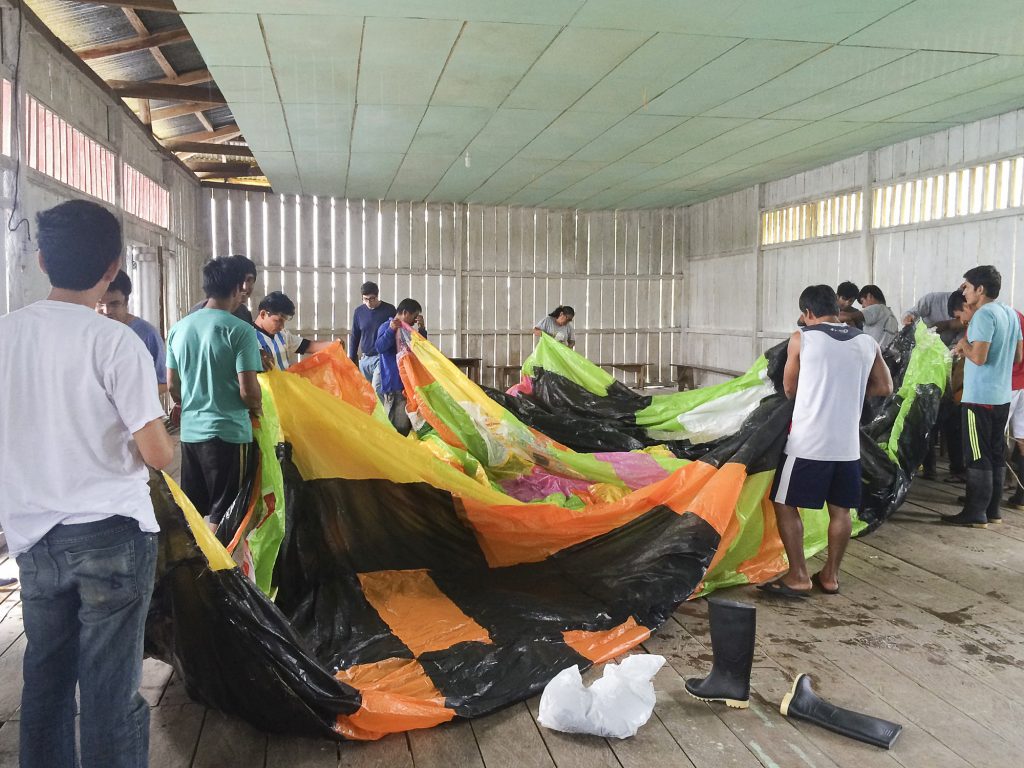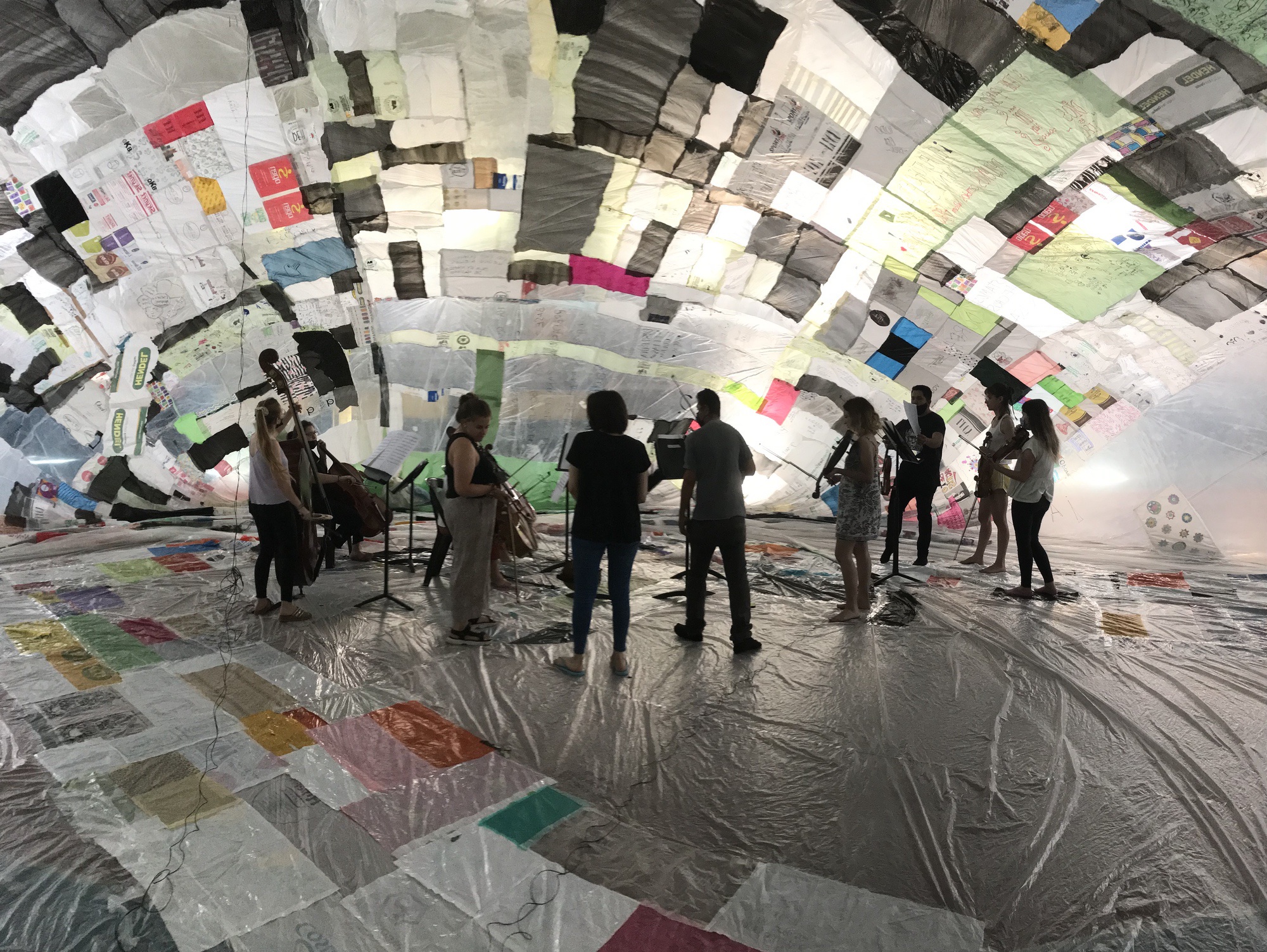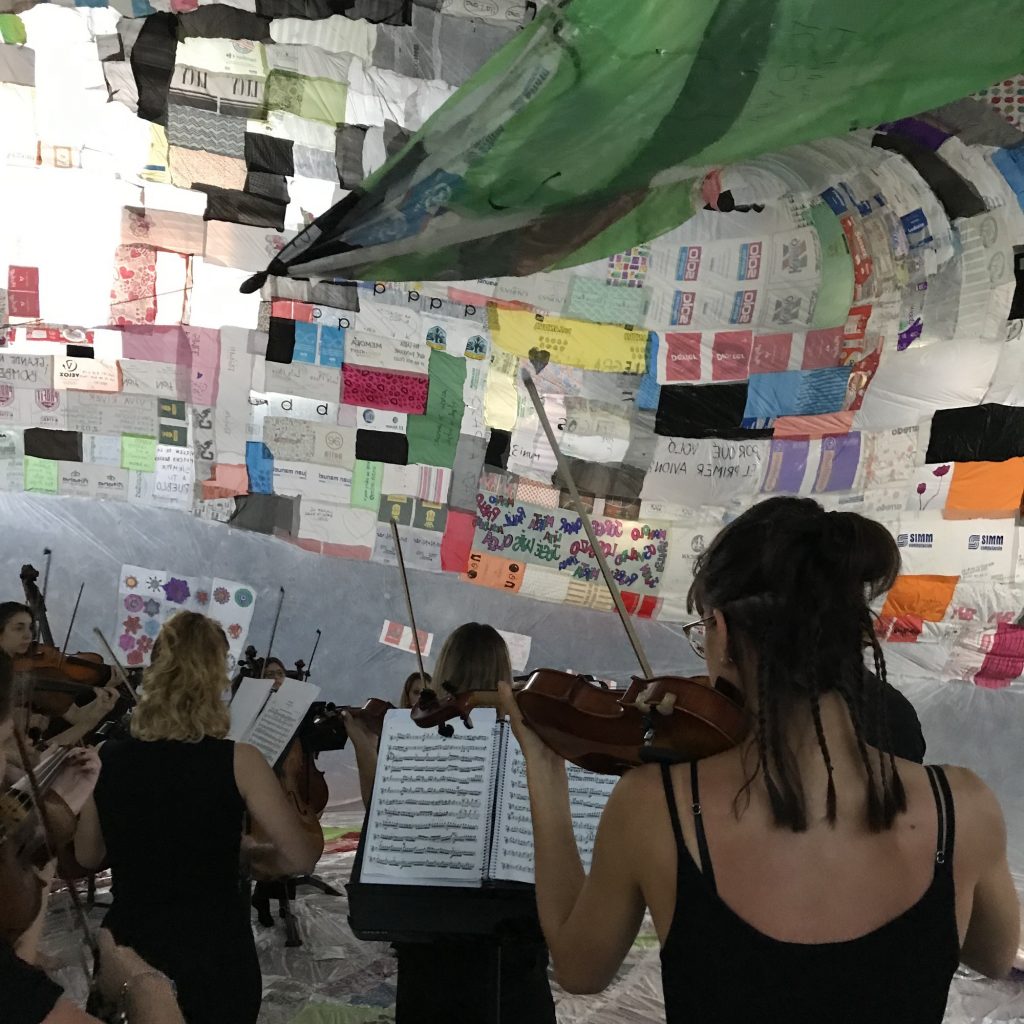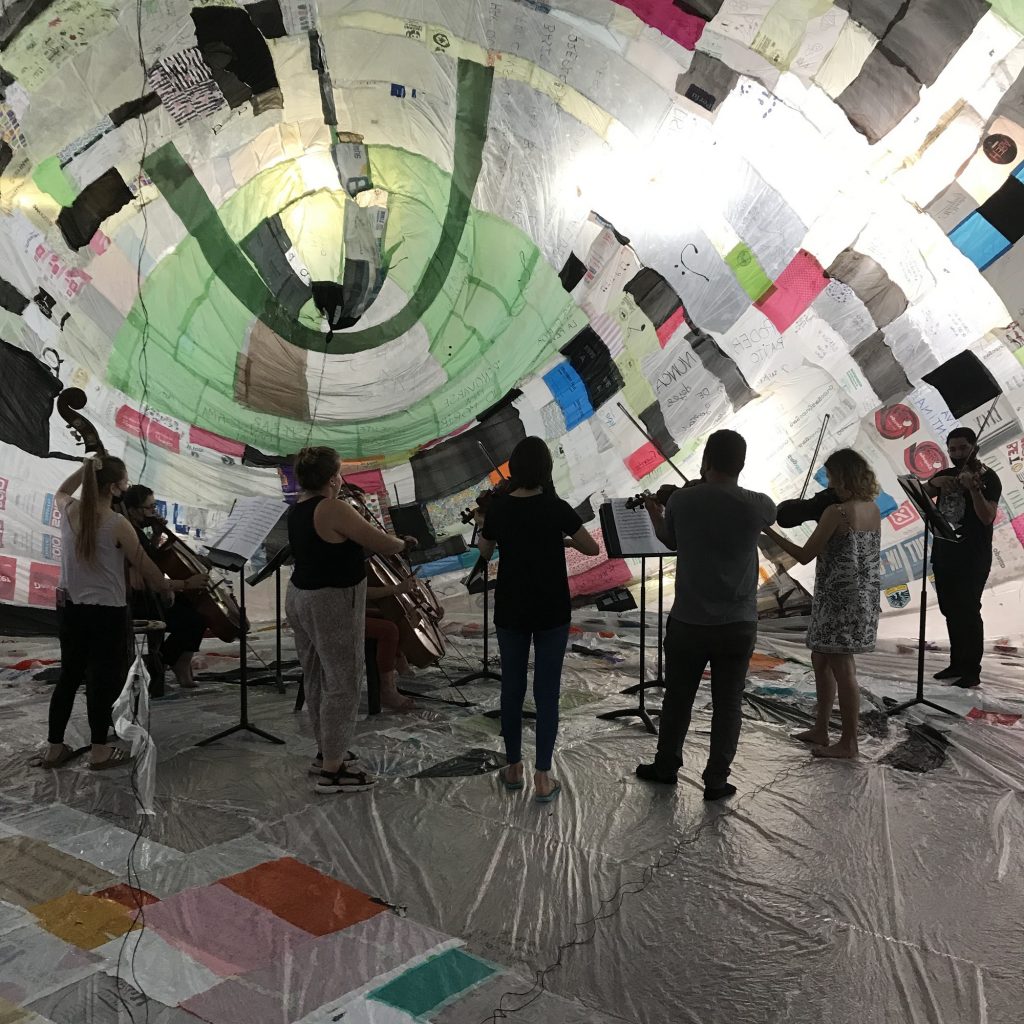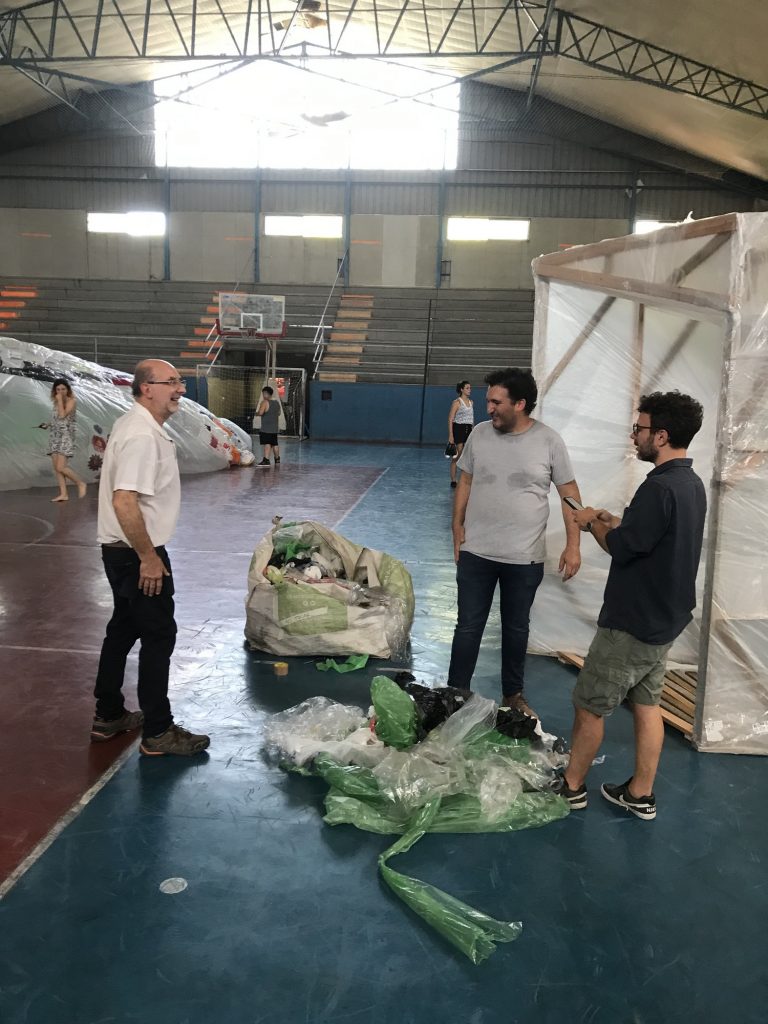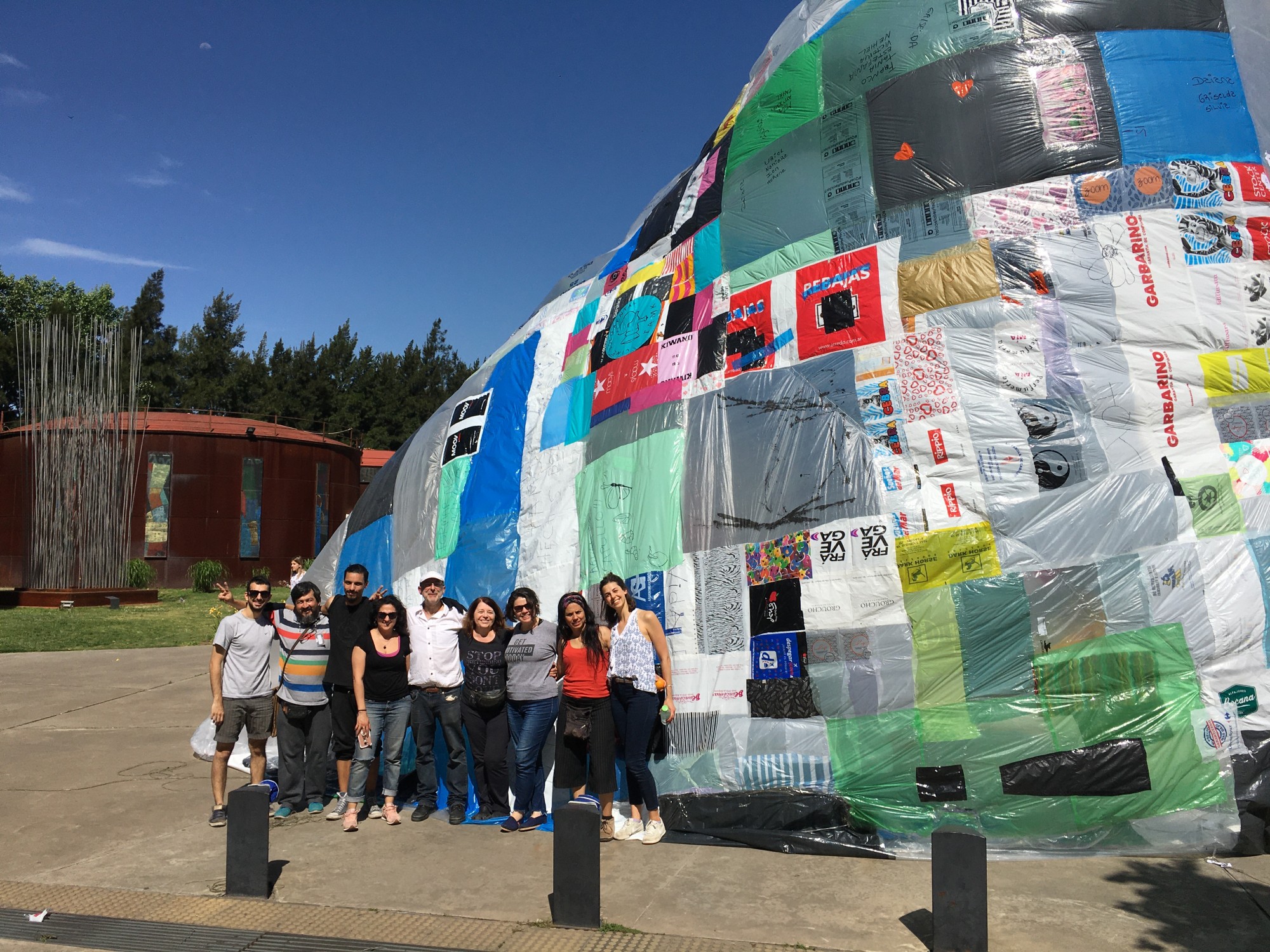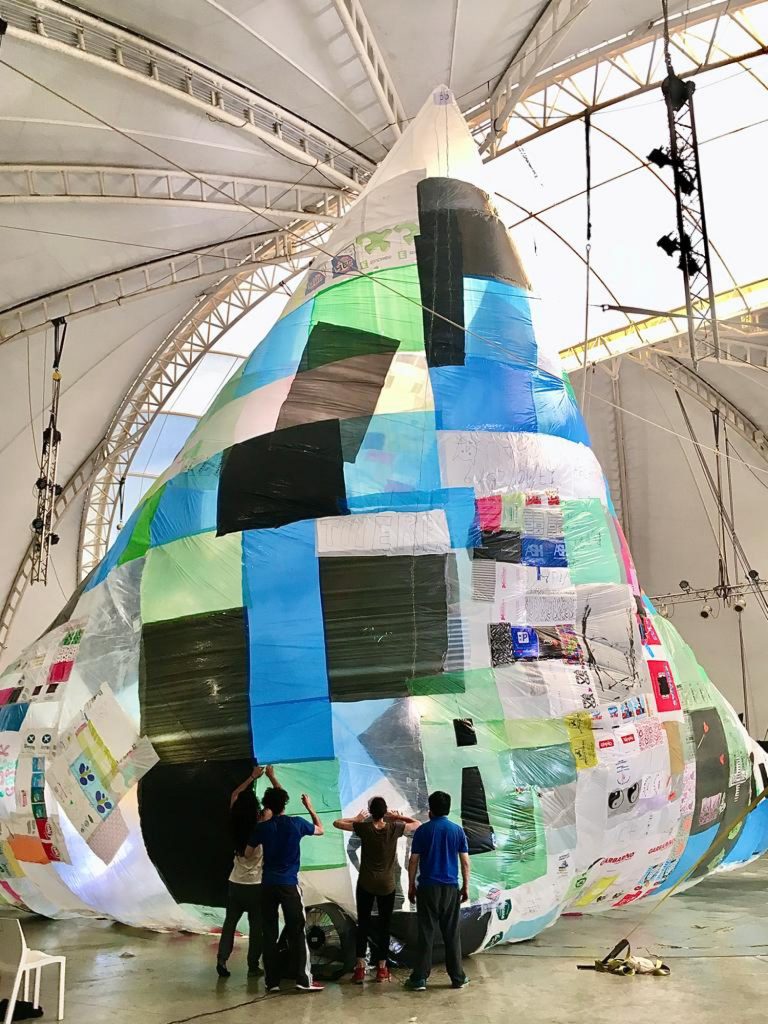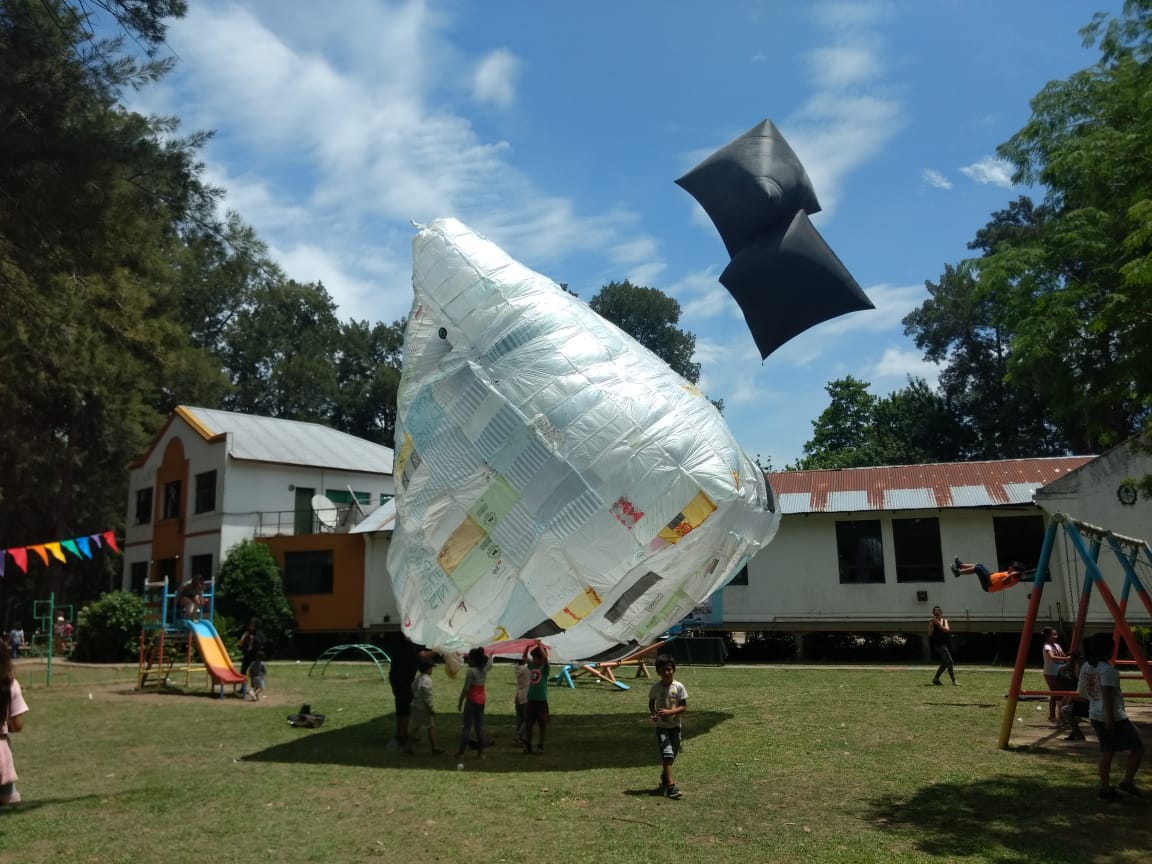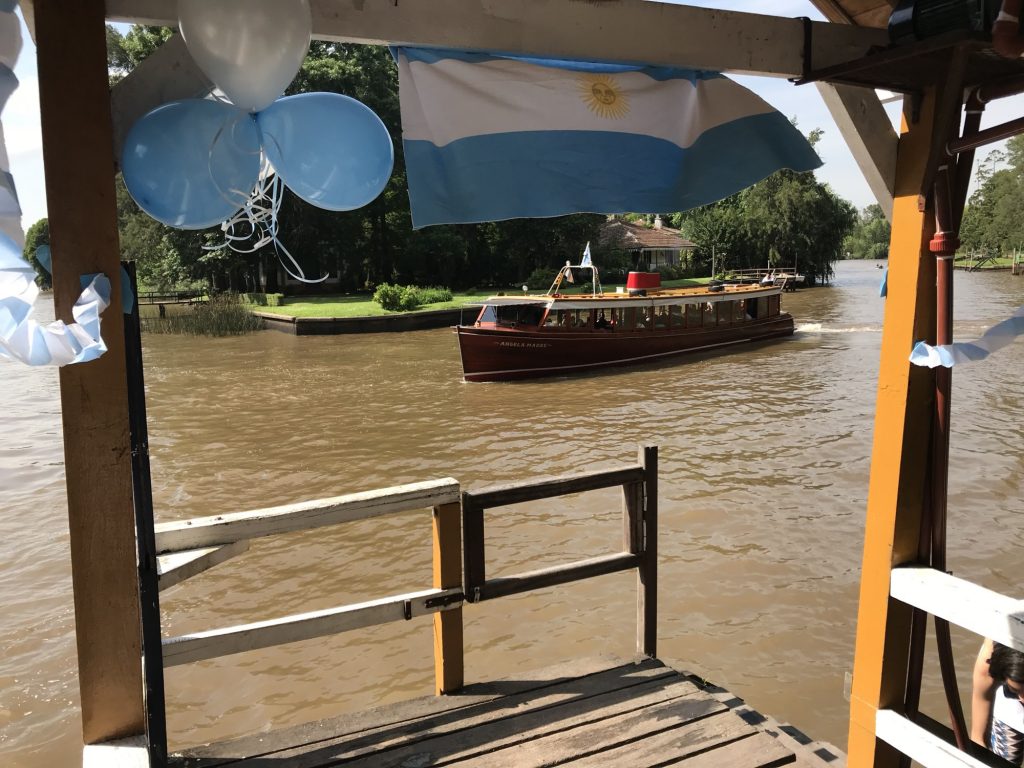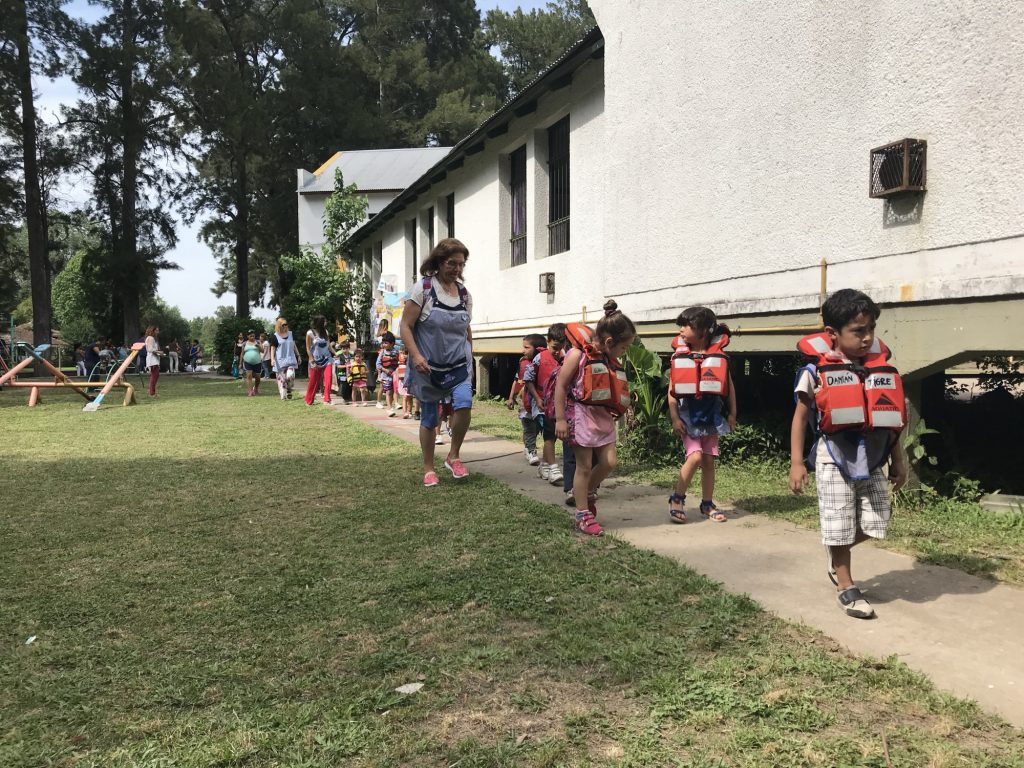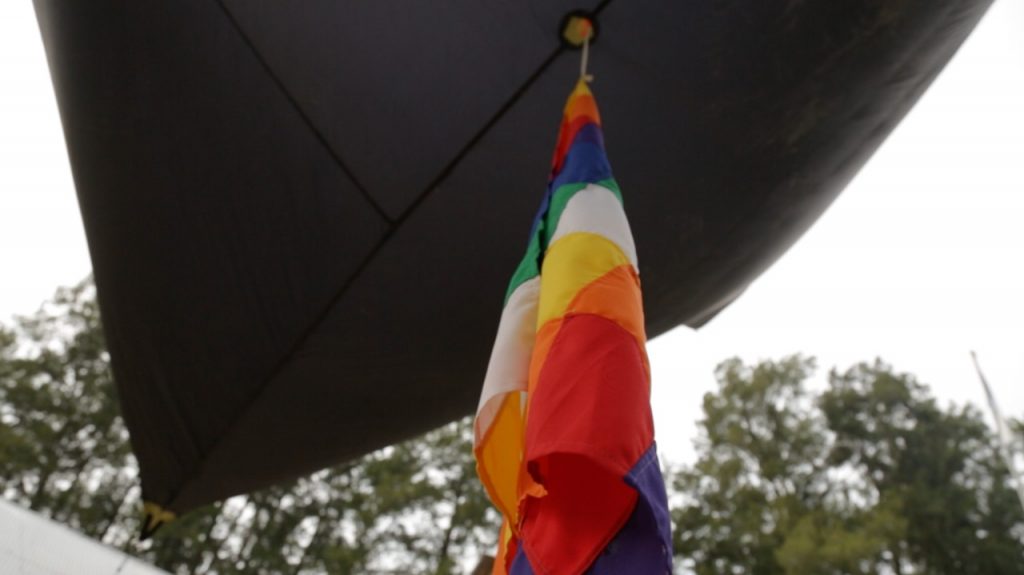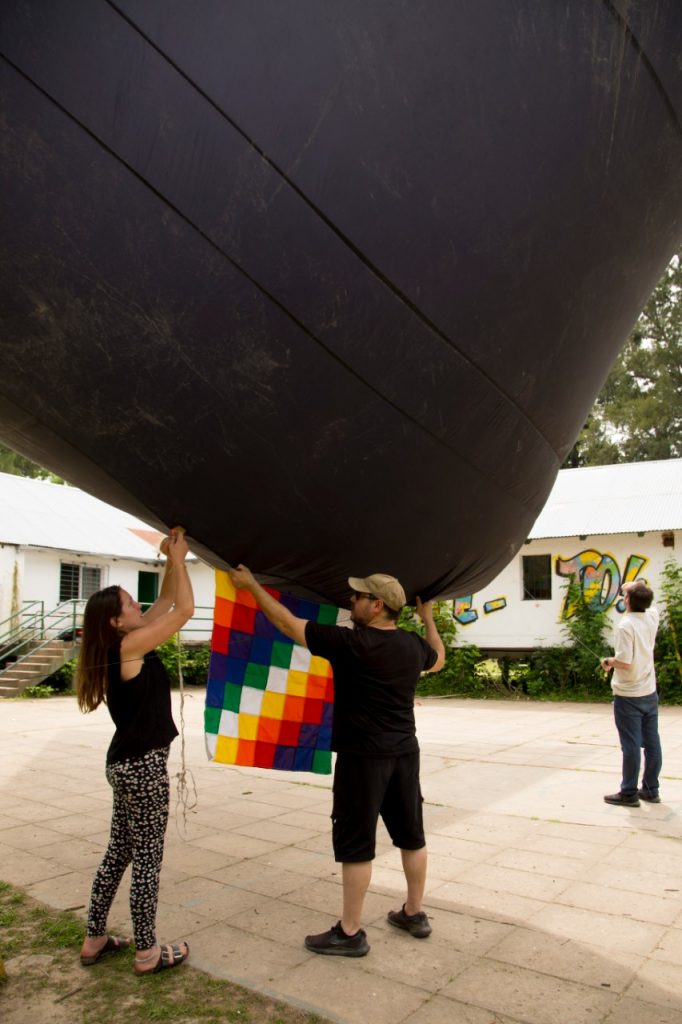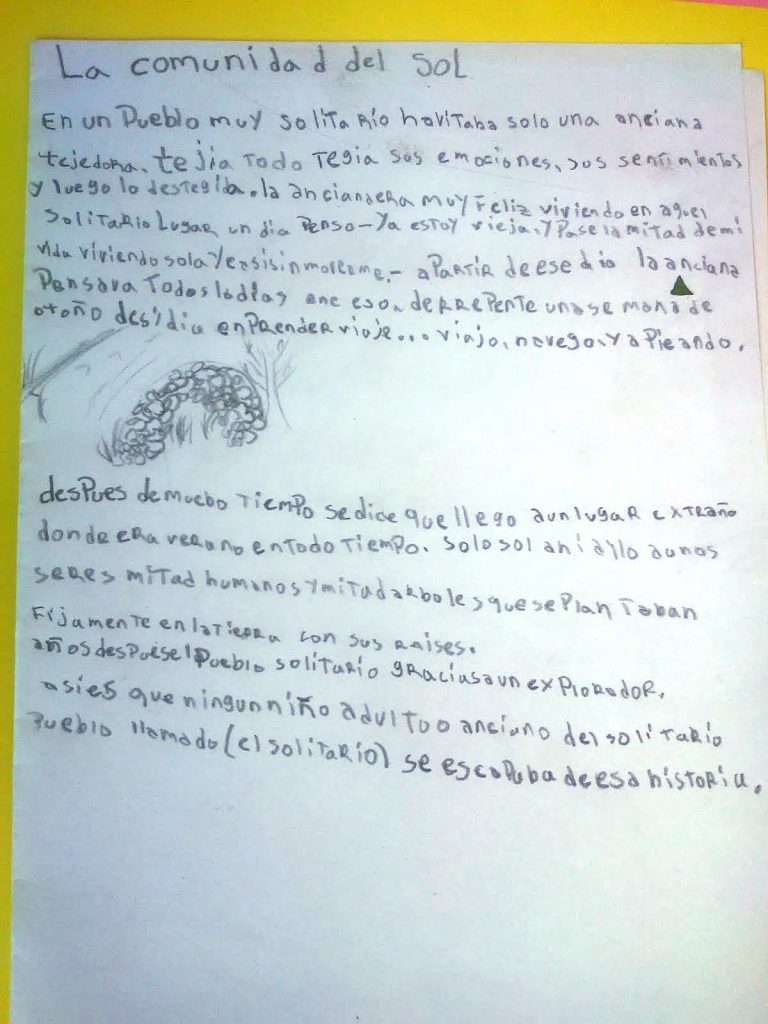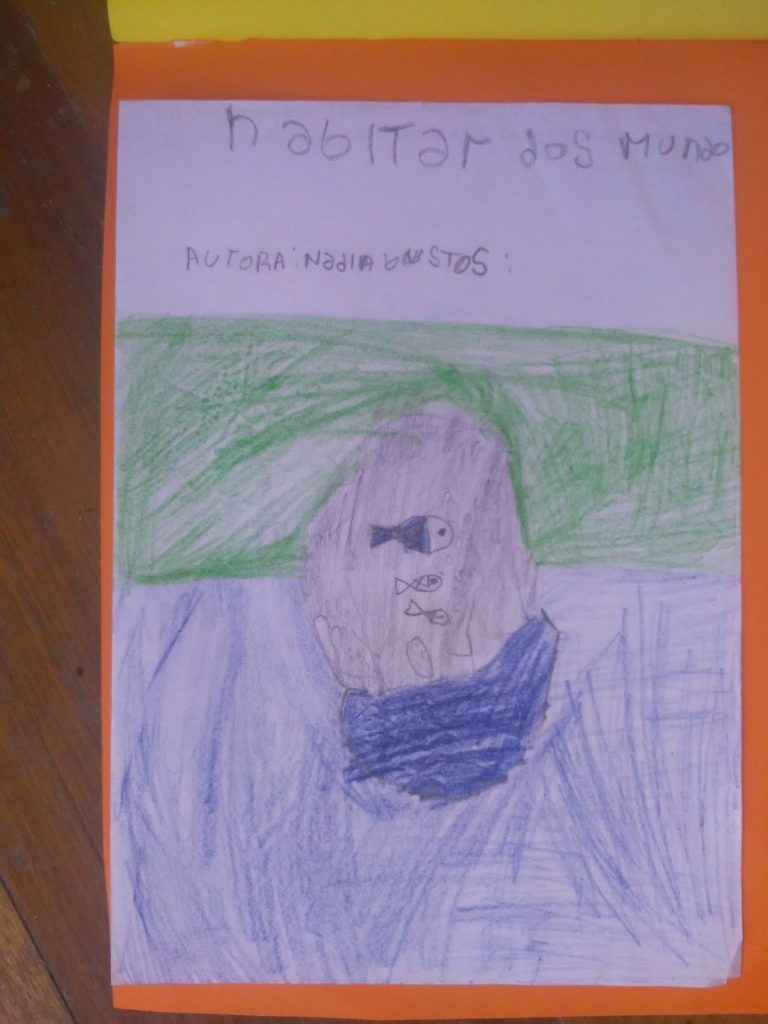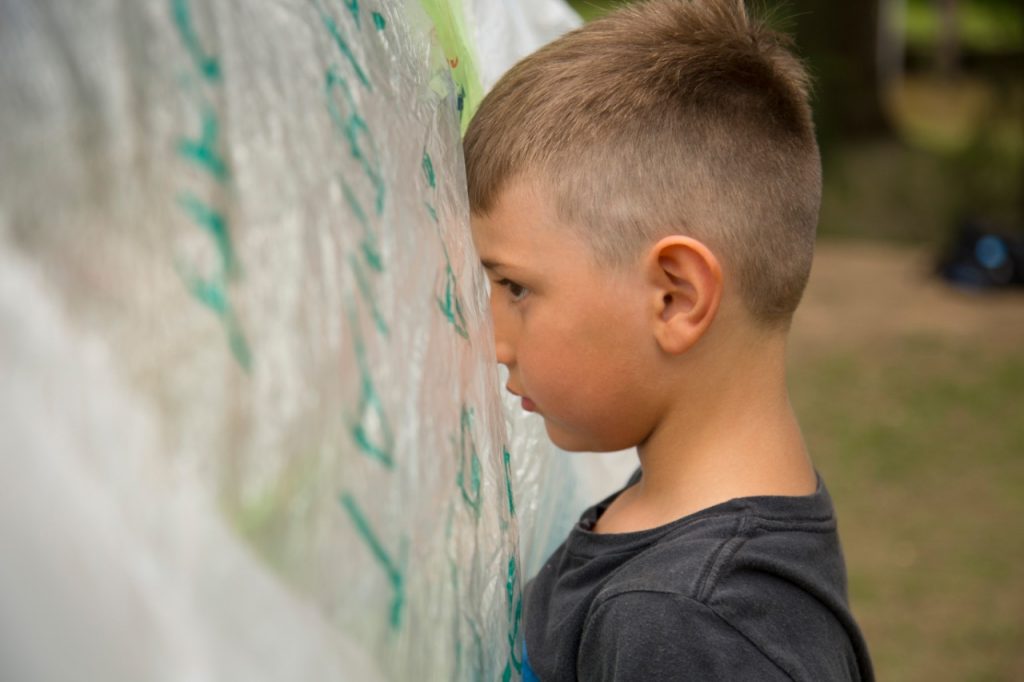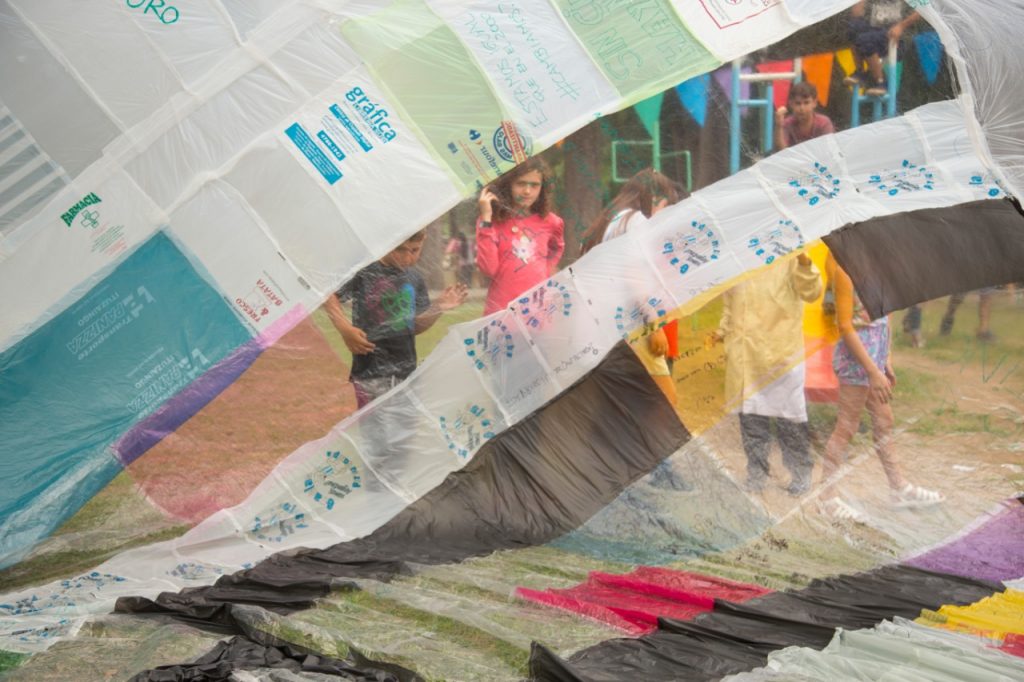Project General Coordination
Carlos Almeida
Aerocene Argentina Coordination
Joaquín Ezcurra
UNSAM Territorial Coordination
Ernesto “Lalo” Paret
Bella Flor Cooperative Coordinator
Nora Rodríguez
CUSAM Diploma in Art and Management Coordinator
Marcos Perearnau
Artistic and technical management advisors
Camila Almeida
Nehuen Serpa
Inflatable Laboratory 2019 of the IAMK: Team responsible for the assembly and mounting of the Museo Aero Solar “Reconquista/Arte”.
Manuel Gómez
Rocío García
Carla Guerra
Lorena Fiorence
Gabriela Longo
Fernando Orecchio
Maria Paula Company
Daniel Pagnota
Laura Gómez Pescuma
Walter Dantes
Bella Flor Cooperative Workers
Daiana Recalde
Griselda Taborda
Silvia Sánchez
Alcira Sánchez
Centro Universitario San Martín (CUSAM) Teachers and students
María Laura Compañía (Teacher)
Juan Perea Pons
Chaparro Acosta
Pablo Sánchez
Arce Rolón
Iván Coronel
Diego Armóa
Jonatan Martínez Gómez
Brian Matínez
Alejandro Vertoti
Gayoso Martínez
Leonel Malinovsky
Guillermo Martínez
Ángel Silva
Damián Vallejos
Luis Varas
Víctor Vivas Molina
Acevedo Gómez
Silvana Ortiz Casco
Macarena Sosa
Rodrigo Altamirano
IAMK Cultural Anthropology Department students
Paola Rojas
Tamara Prusak
Manuel Arias
Lucía Beatriz Chávez Mérida
María Paula Chalita
María Micaela Chirinos
Sariah Micaela Fernandes
Germán Alejo Haro
Victoria Marecos
Laura Medina
Monserrat Morlans
Jefferson Queipo
IAMK Teachers and management staff
Carolina Scaglione
Micaela Almeida
Florencia Petersen
Mercedes Lozano
Axel Lázari
Patricia Galletti
UNSAM Territorial Articulation Area Team
Nancy Salvatierra
Cecilia Lemandi
Gisela Bustos
Institute of Architecture and Urbanism of UNSAM professors and students
Sebastián Vela (Professor)
Matías Lien Benitez (Professor)
Juan Pablo Berbery (Professor)
Flavio Adrián Becerro (Professor)
Sebastian Alfieri
Geronimo Alvarez
Agustin Tomás Antolini
Daniela Aramayo
Maximiliano Armando
Jose Balbuena
Micaela Bazzano
Ignacio Begue
Gianluca Biaggetti
Keila Blackal
Carmen Elisa Bordon
Tamara Capornio
Yamila Carrazco
Lucas Castillo
Lautaro Celada
Elias Cena
Vanina Chaparro
Lautaro Ciongo Pasotti
Tobias Costa
Alejandra Cubides
Ignacio Evangelista
Morena Rene Federico
Diego Fernandez
Ivan Fernandez
Abril Gamarra
Federico Garcia Beres
Sol Giraudo
Mayra Romina Gomez
Juan Franco Gomez
Josefina Gonzalez
Juan Manuel Grasso
Magali Ariana Kalenok
Juan Ignacio Konradi Proto
Sebastian Konradi Proto
Juan Ignacio Konradi Proto
Daniela Kunschek
Santiago Lamela
Jimena Ledesma
Yair Leon
Gonzalo Luciani
Adriana Luy Martinez
Marina Mariscal
Agustina Martinez
Agustina Mitjans
Nicole Monpelat
Nazareno Monti
Natalia Morboso Pipparola
Micaela Morin
Nicole Moya
Maria Ojeda
Facundo Paniagua
Gonzalo Parada
Agustina Pastor
Martina Pavone
Sara Peña Monroy
Maria Belen Perez Gaitan
Gonzalo Pernicone
Tomas Piragine
Gonzalo Pombo
Nazarena Prada
Delfina Prebisch
Agustina Presas
Tomas Ramirez
Mario Jeronimo Rodriguez
Tomas Rodriguez Das Neves
Aylen Rubin
Eric Ruiz
Antonella Rocio Saccomanno
Camila Scaldafferro
Milagros Simon
Agostina Sisca
Matias Spitzer
Patricio Tamborenea
Ornella Tantino
John Tibaquira
Tamara Tjoruk
Tomas Turner
Cecilia Ureta
Silvia Vallejos
Nayla Villalba
Lautaro Villalba
Fernando Lautaro Villalba
Edgardo Villanueva
Liz Viveros
Nadia Von Schey
Mariano Willems
Matias Leonel Zotto
Philosophy, School of Humanities UNSAM Professor and students
Santiago González Cáseres (Professor)
Carlos Dario Romero
Damaris Vanag
Melanie Llarin
Ramon Mujica
Cristian Pampin
Rogelio Yrurtia School of Artistic Education Teachers and adolescent students
María Clara Gabor (Teacher)
Andrea Daleoso (Teacher)
Jimena Sánchez (Teacher)
Mónica Villaverde (Teacher)
Veruscka Chuan (Teacher)
Eva Giulia Ayala
Sofia Buldrini
Sofia Chiara Cammarano
Luciana Macchi Defeo
Violeta De la Fuente
Micaela Nicole Karo
José Maria Martinez Didolich
Martín Lisandro Moreno
Sophia Brigitte Quiroga Grosso
Maite Quiroga Tevez
Florencia Ricci
Vicente Gala Rodriguez
Luna Sandonato
Manuela Seoane García
Milena Maria Vivaldi
Aylin Amén
Laura Melanie Sabrina Bautista
Ariadna Calabró Villarreal
Carla Cámera
Agustina Carullo
Joaquin Casas
Lara Chacur
Haret Coronado
Ivon Condori
Ema Correa
Lauro Divito
Ema Falcón
Clara Fernandez
Rocío Gómez Fernández
Franco Guzmán Mamani
Barrios Agustín López
Lourdes López
Angely Mamani Sillero
Malena Ramos
Eneas Rodriguez
Ramiro Sarno
Lourdes Orkonina
Secondary School 31 of San Martín teacher and students
Analía Lozana (Teacher)
Nicolás Aquino
Benjamín Cabrera
Walter Mena
Tiziano Pereyra
Esquivel Milagros
Other anonymous people, friends and relatives of ours, who participated in the MAS by donating
plastic bags for its construction.
Teacher in charge of the Inflatable Laboratory
Carlos Almeida
Dean of IAMK
Laura Malosetti Costa
Rector of UNSAM
Carlos Greco





